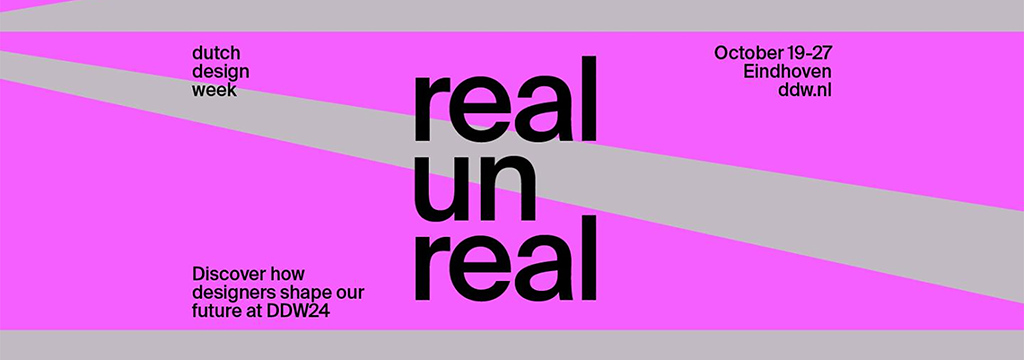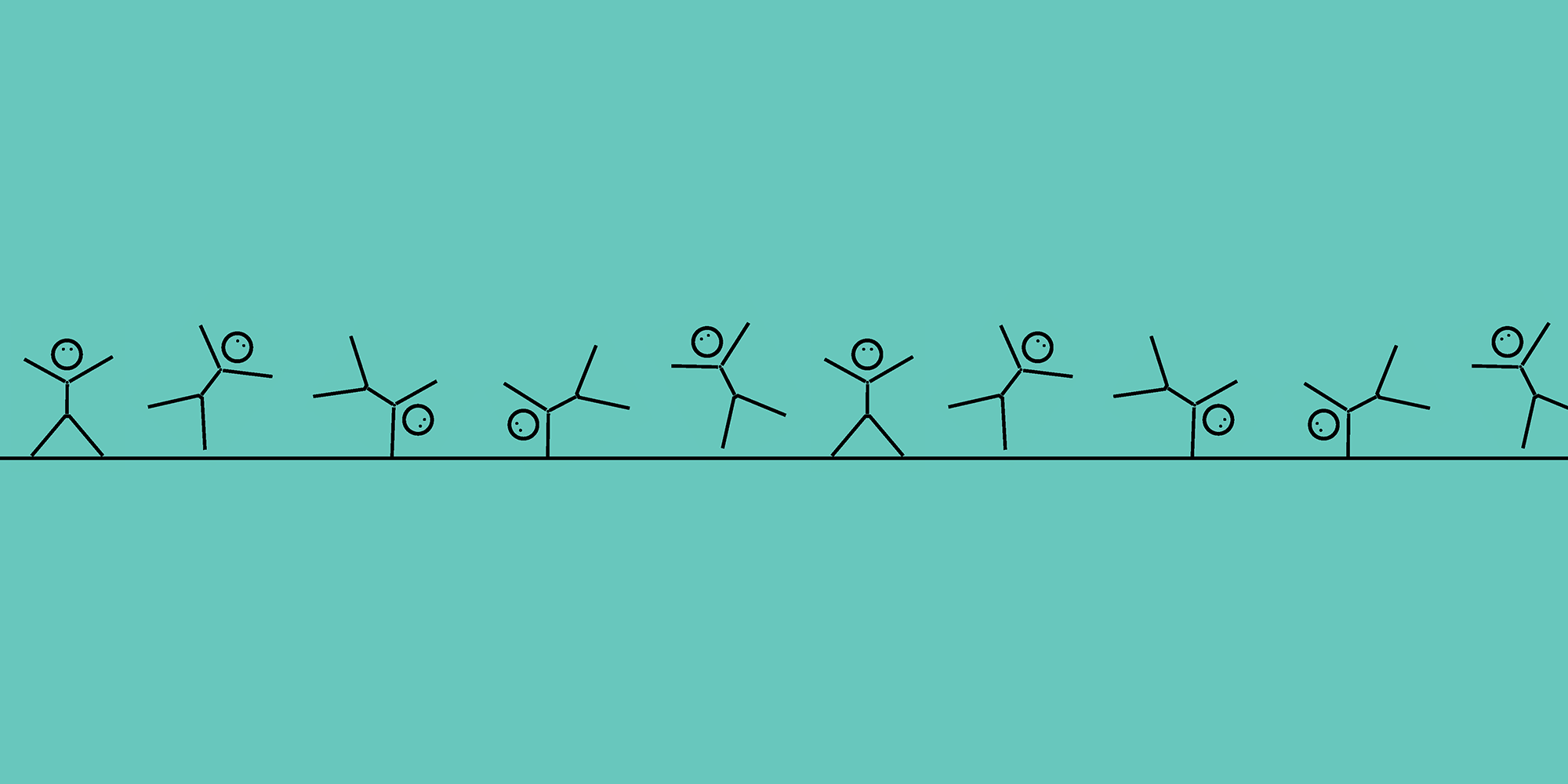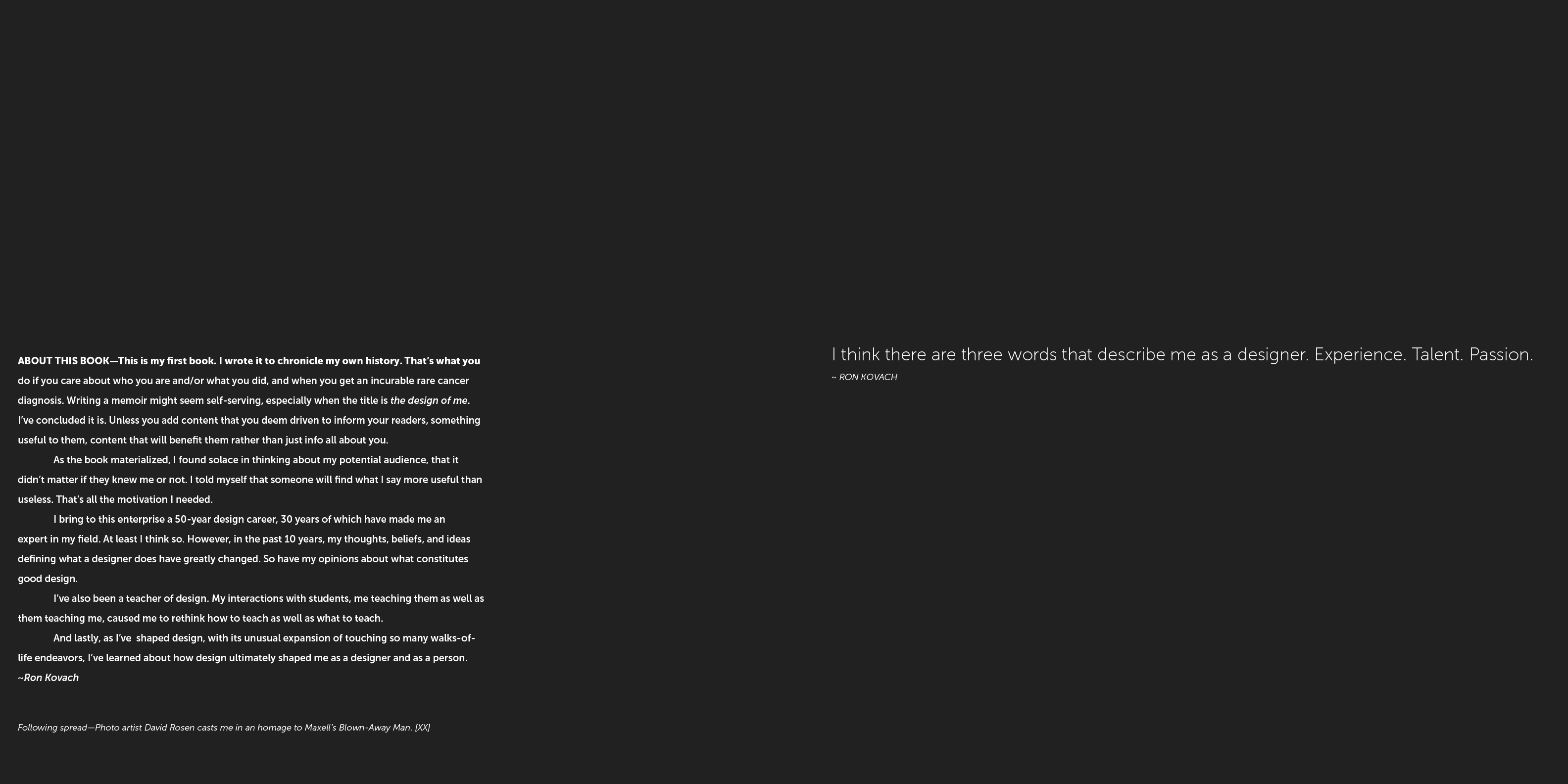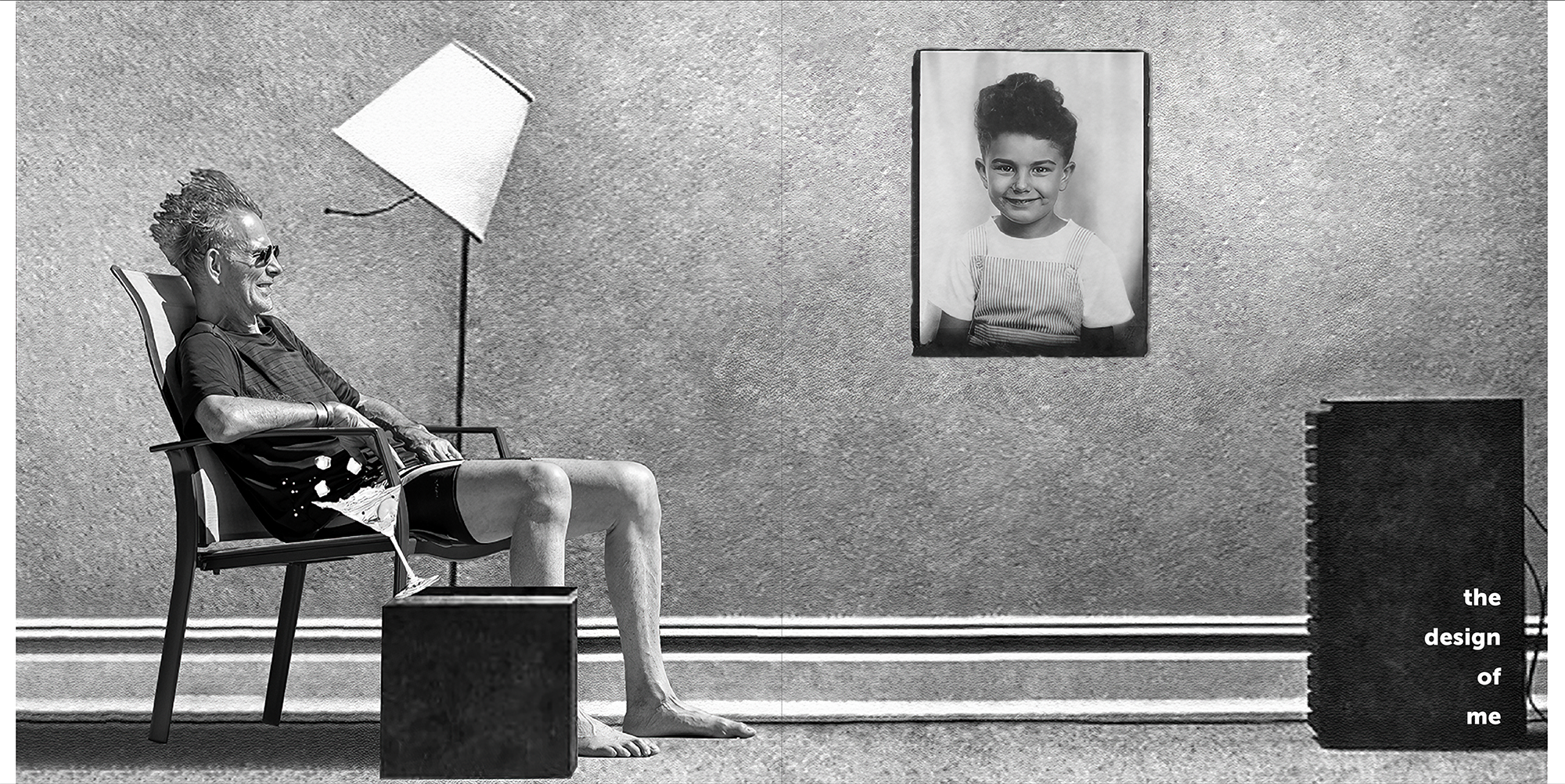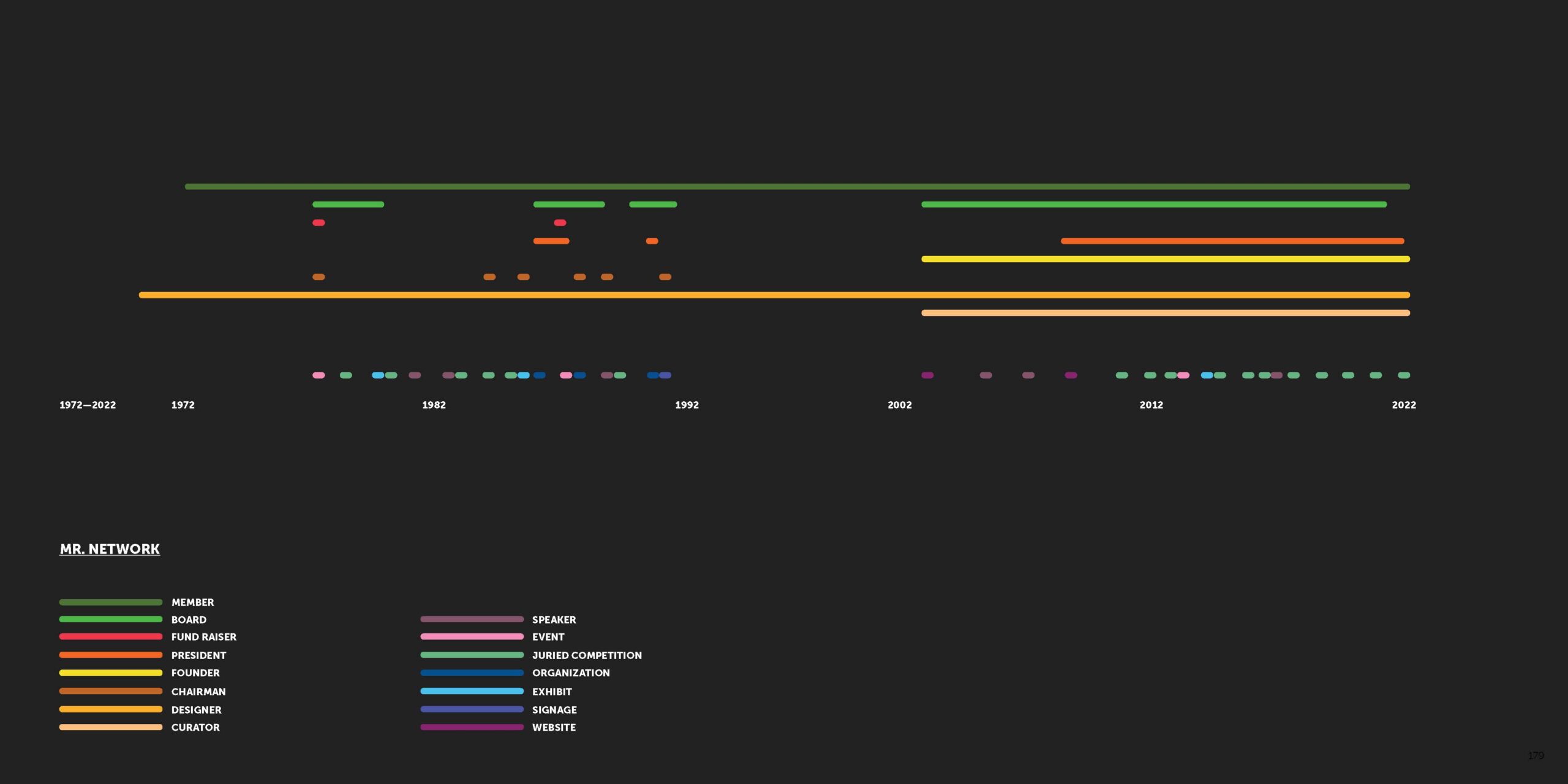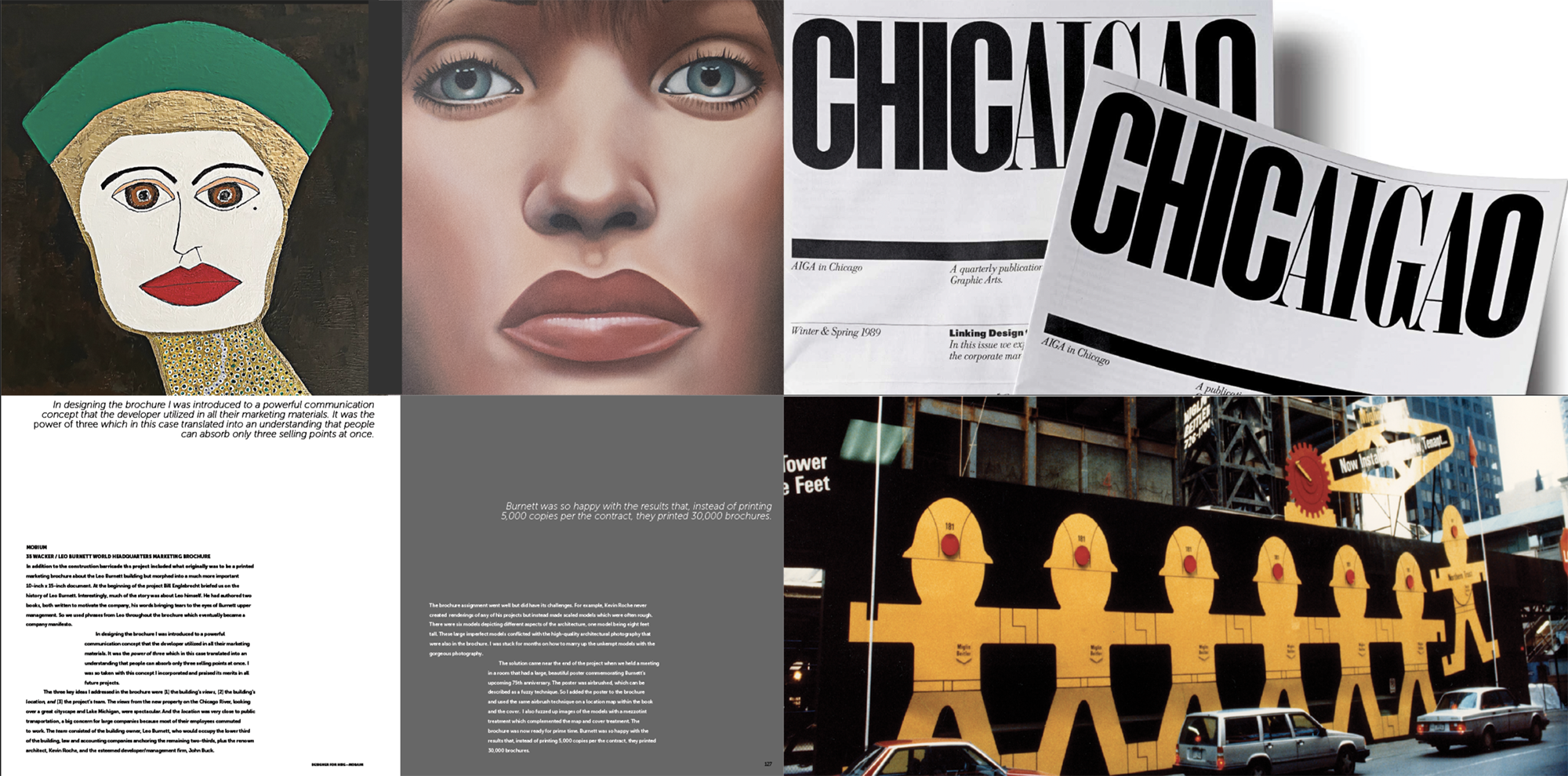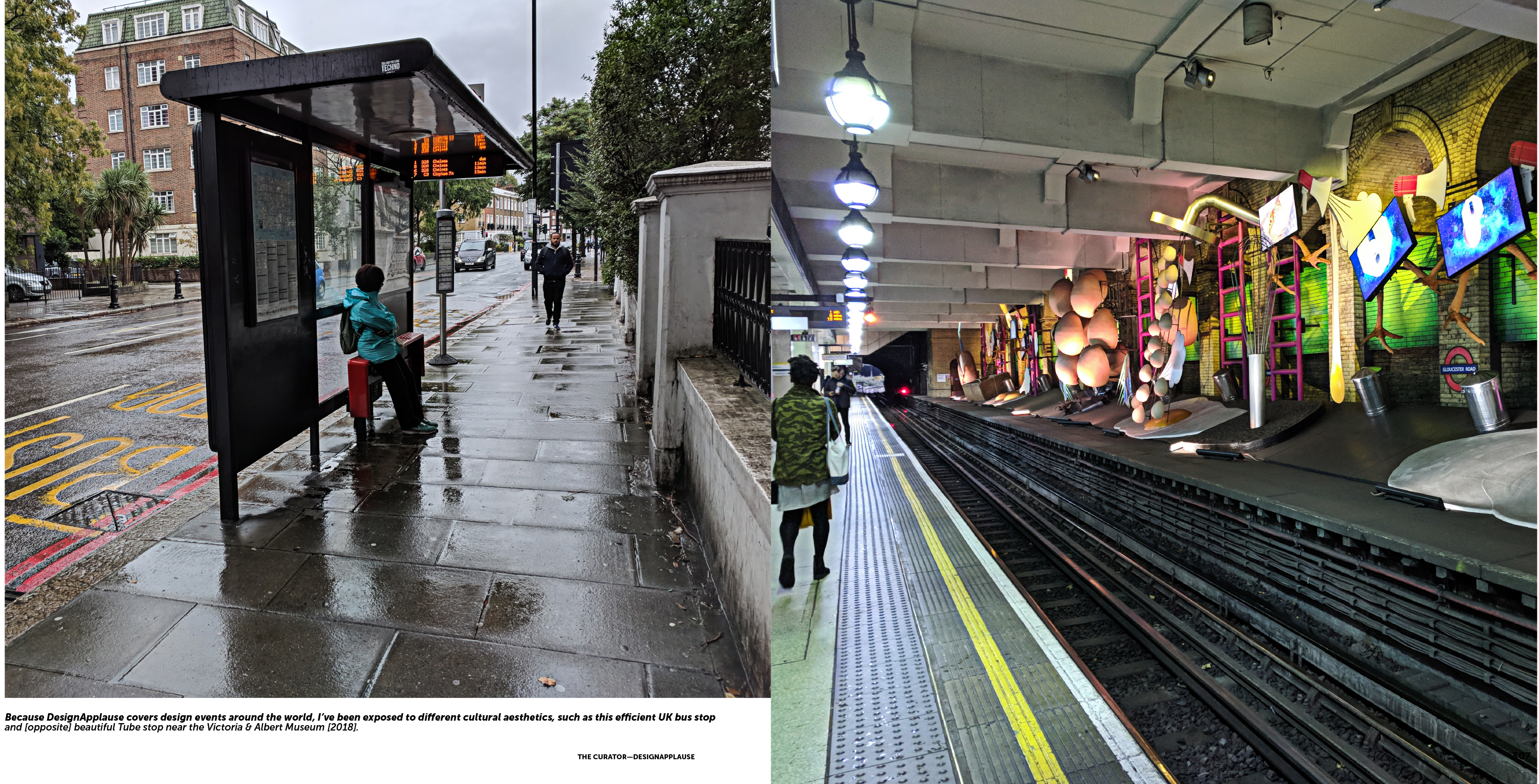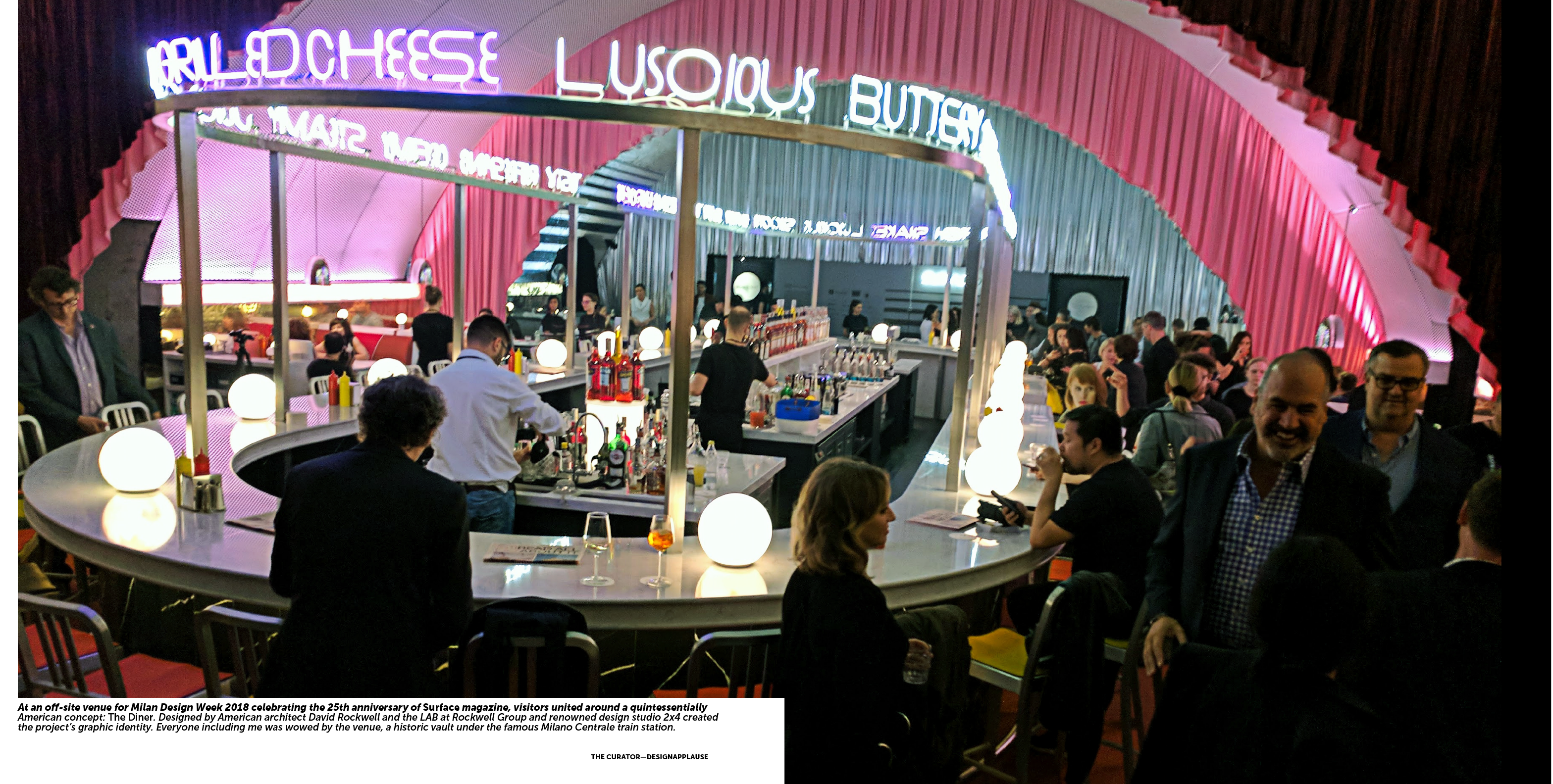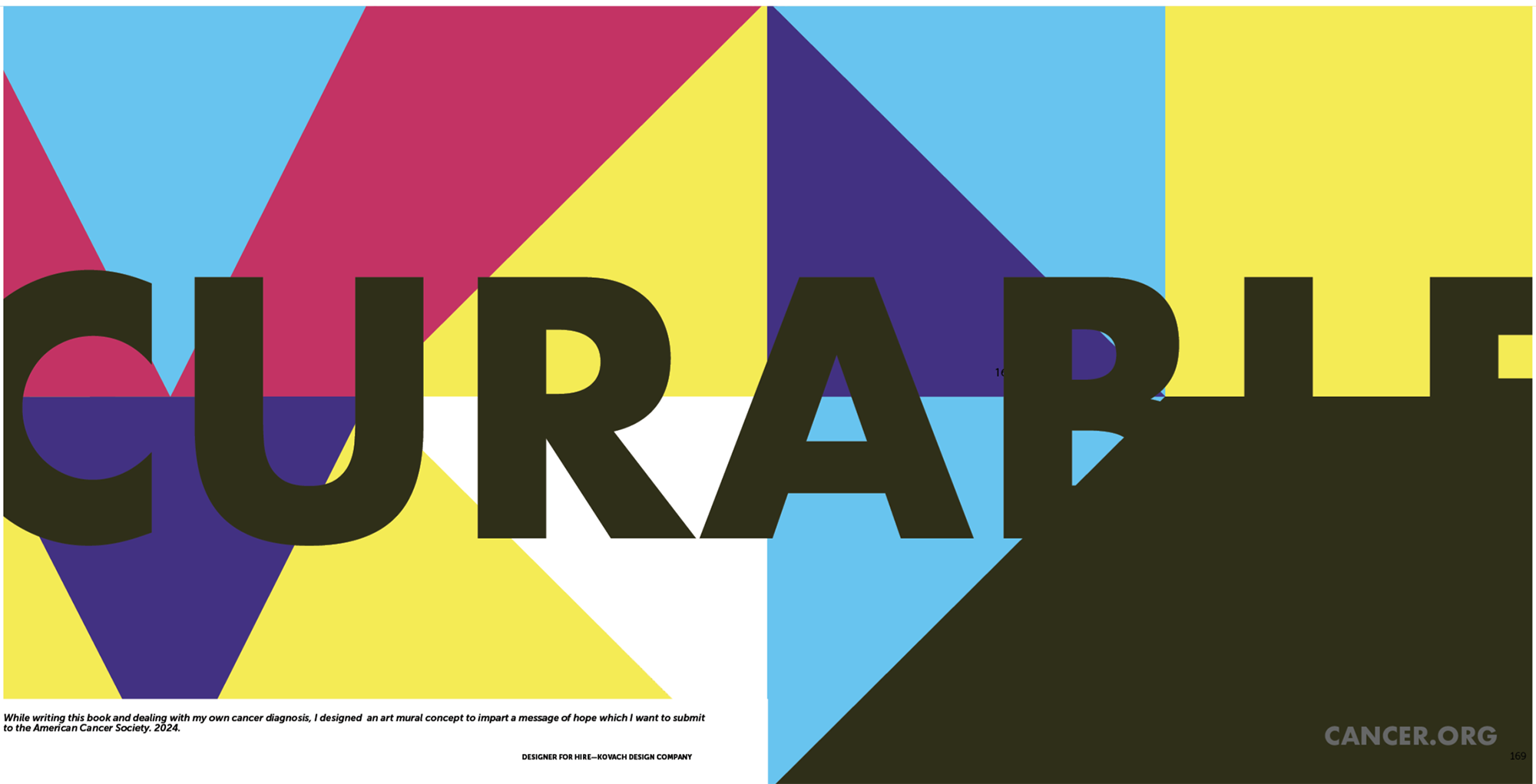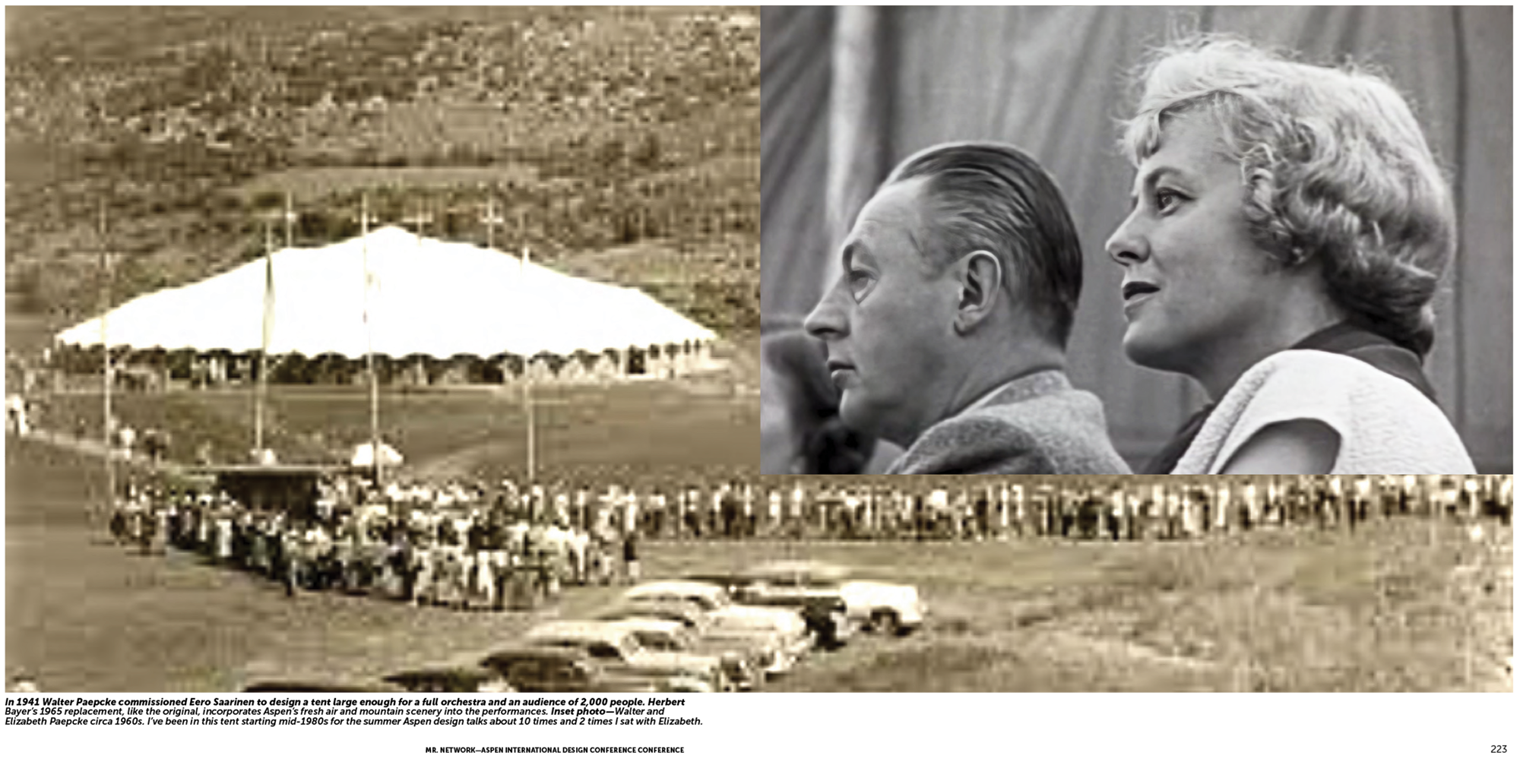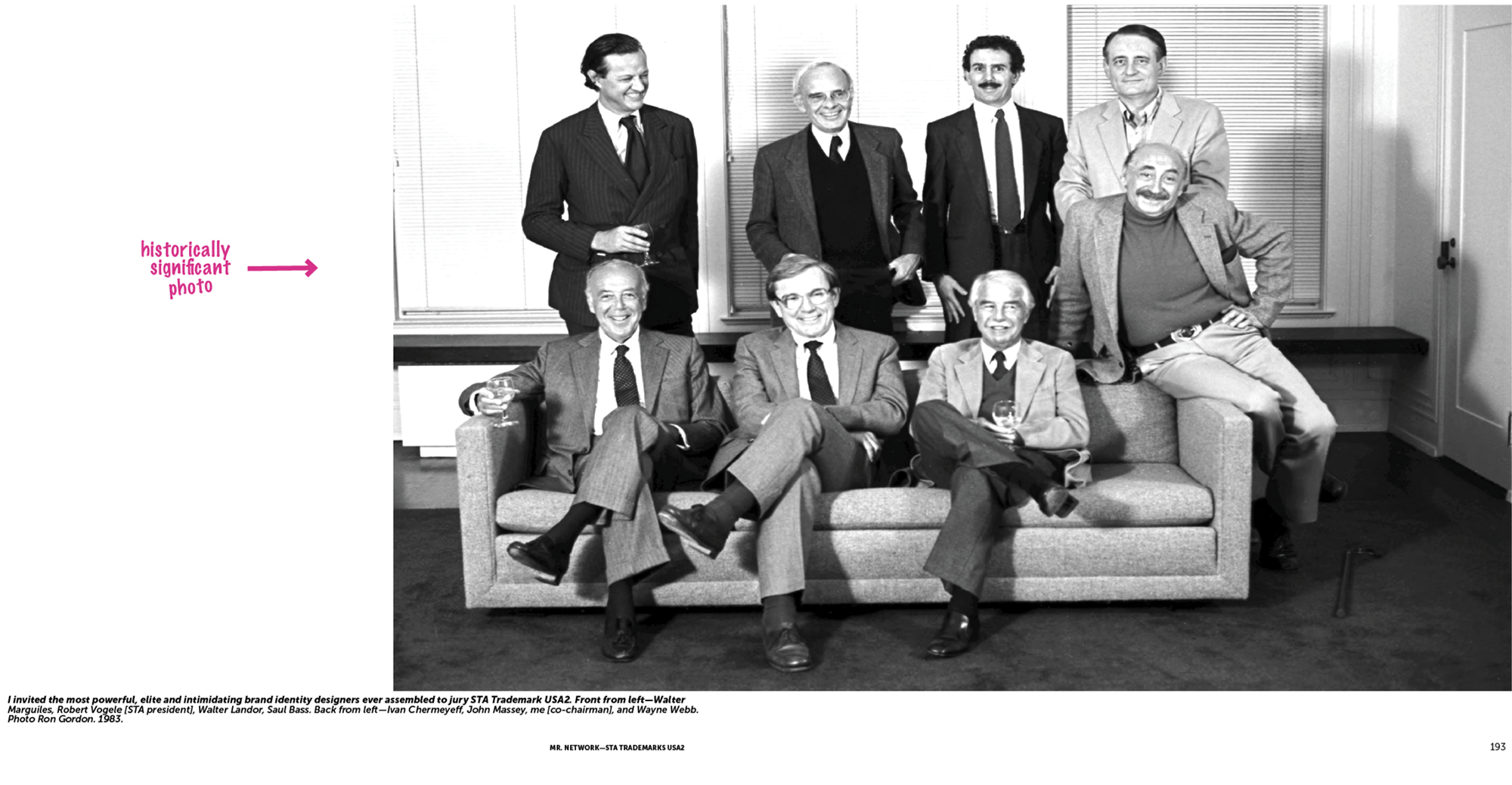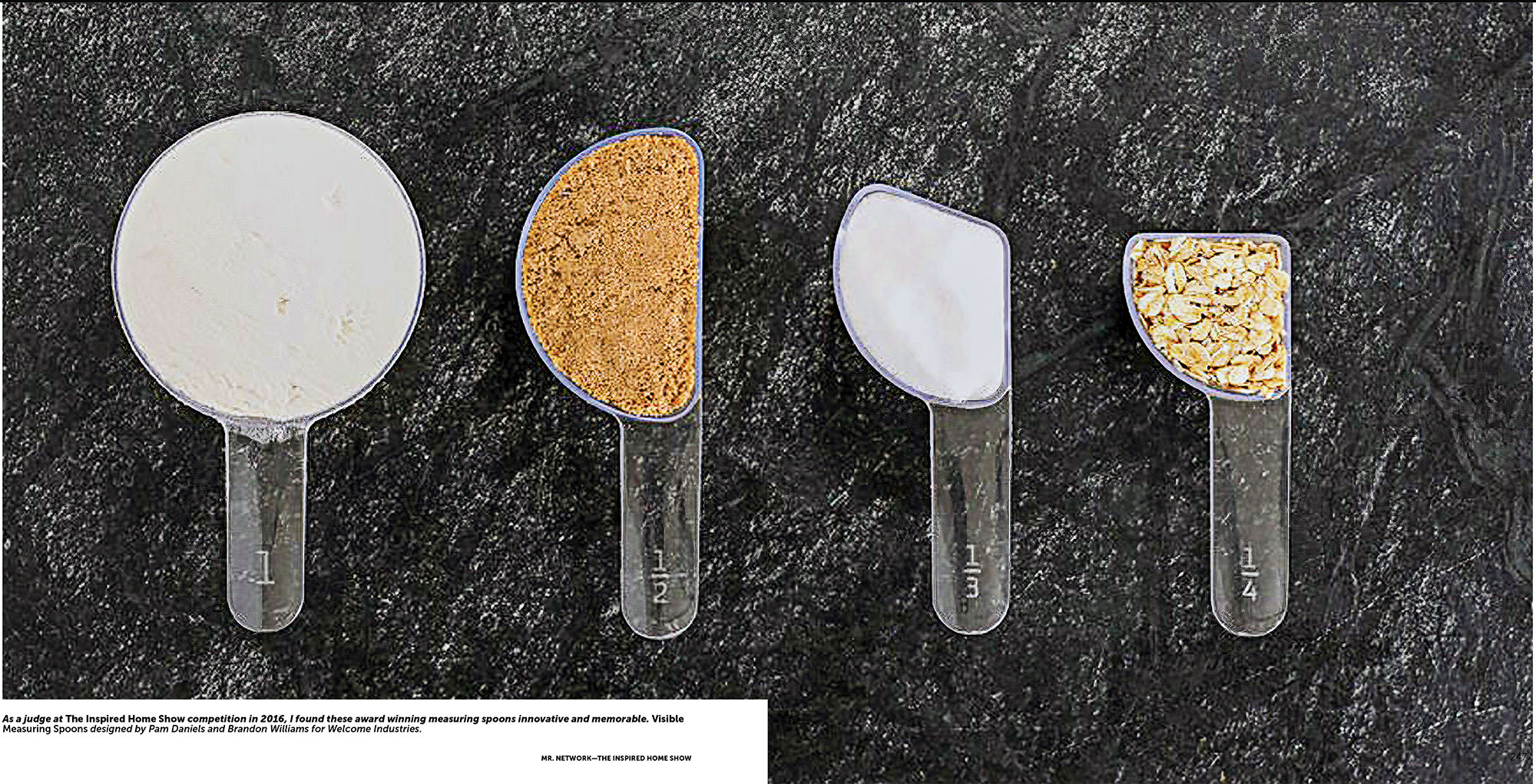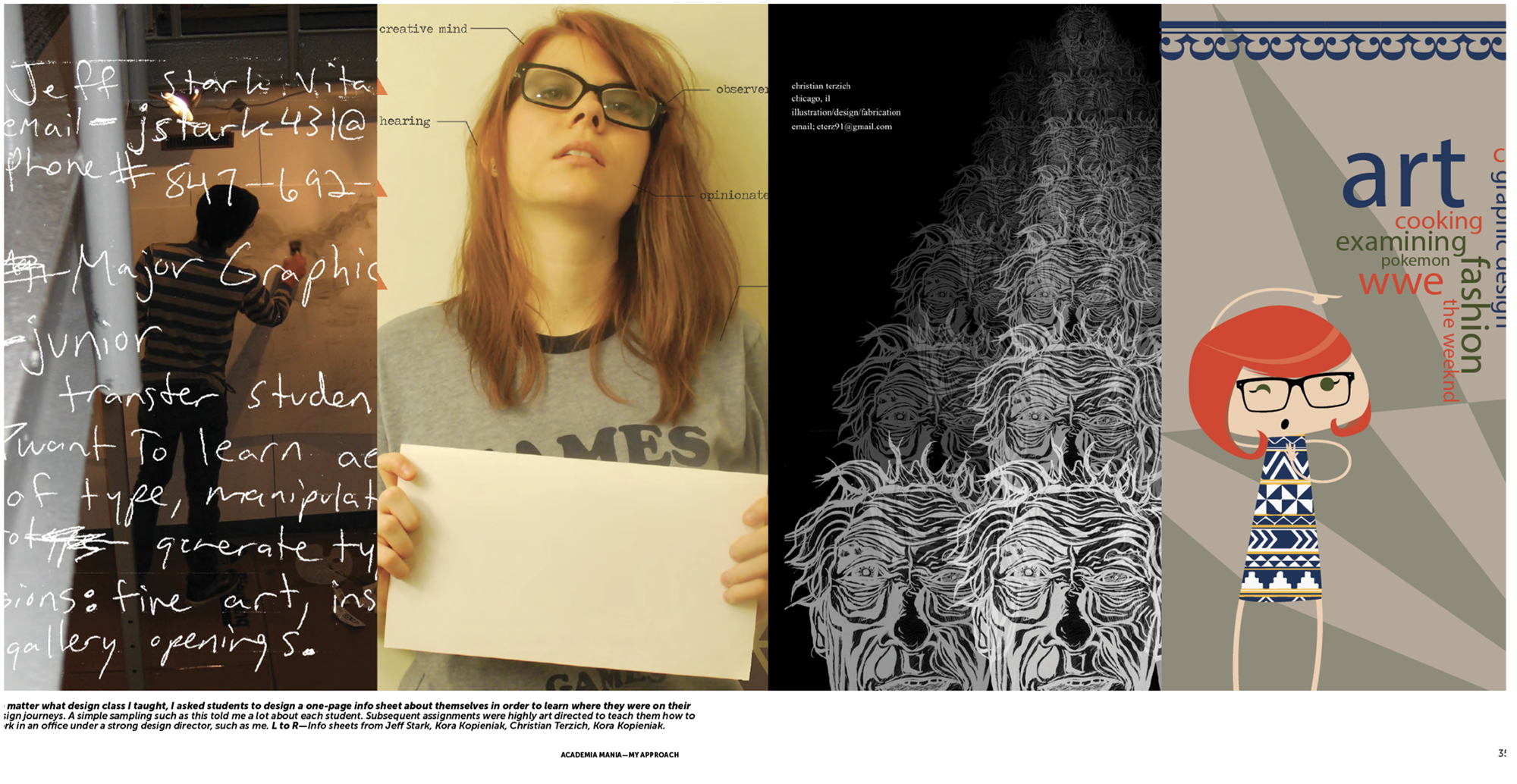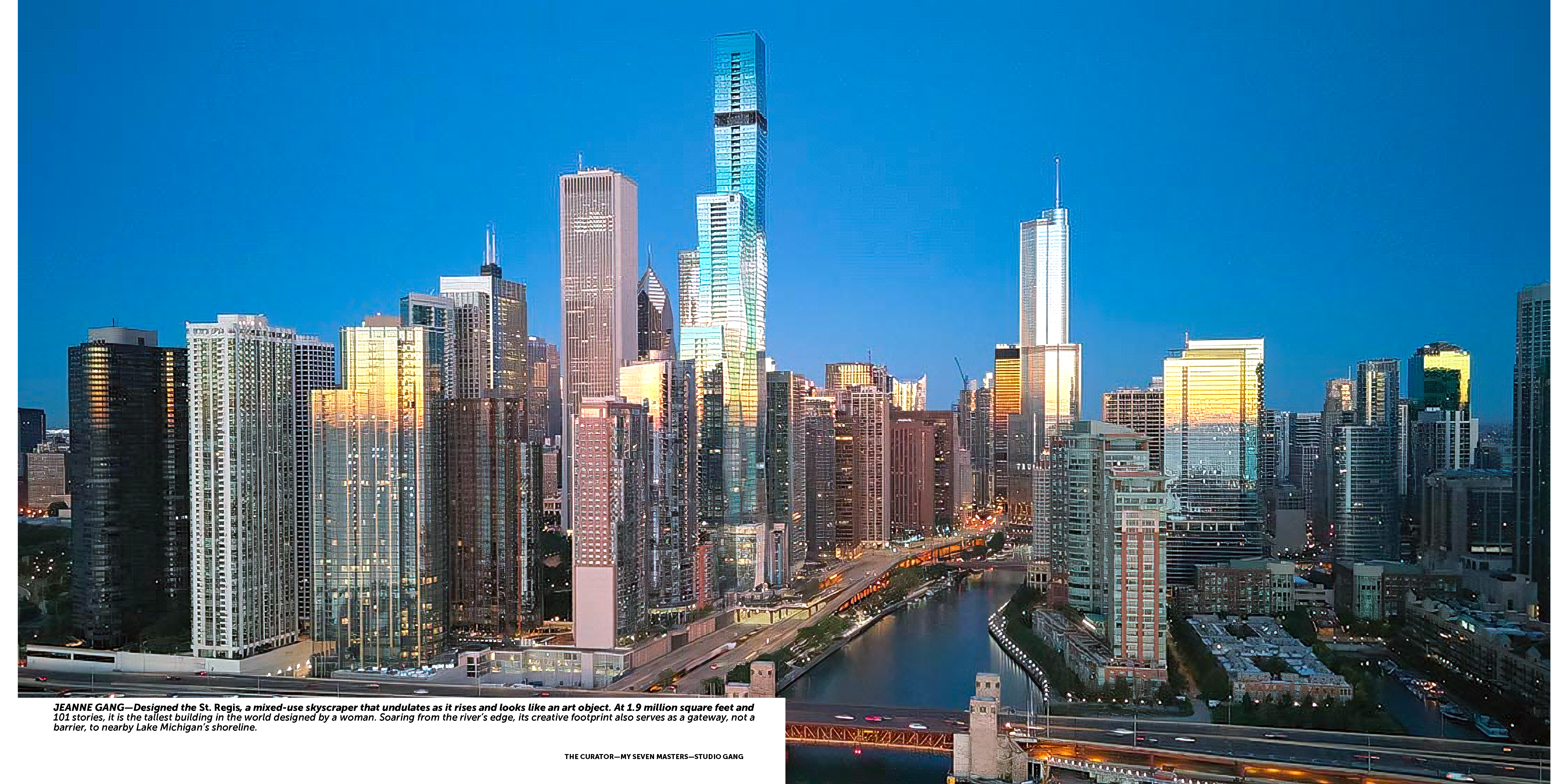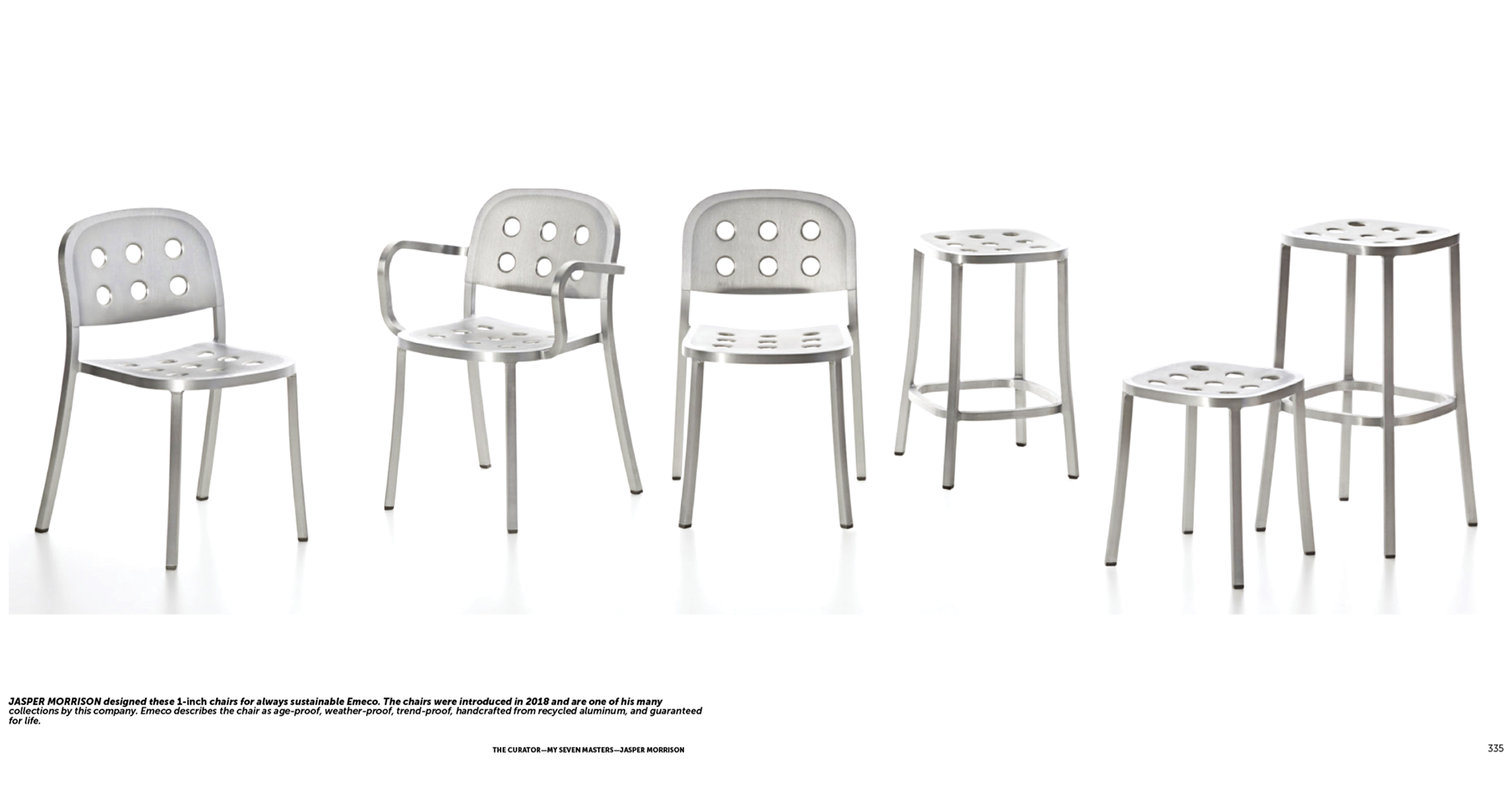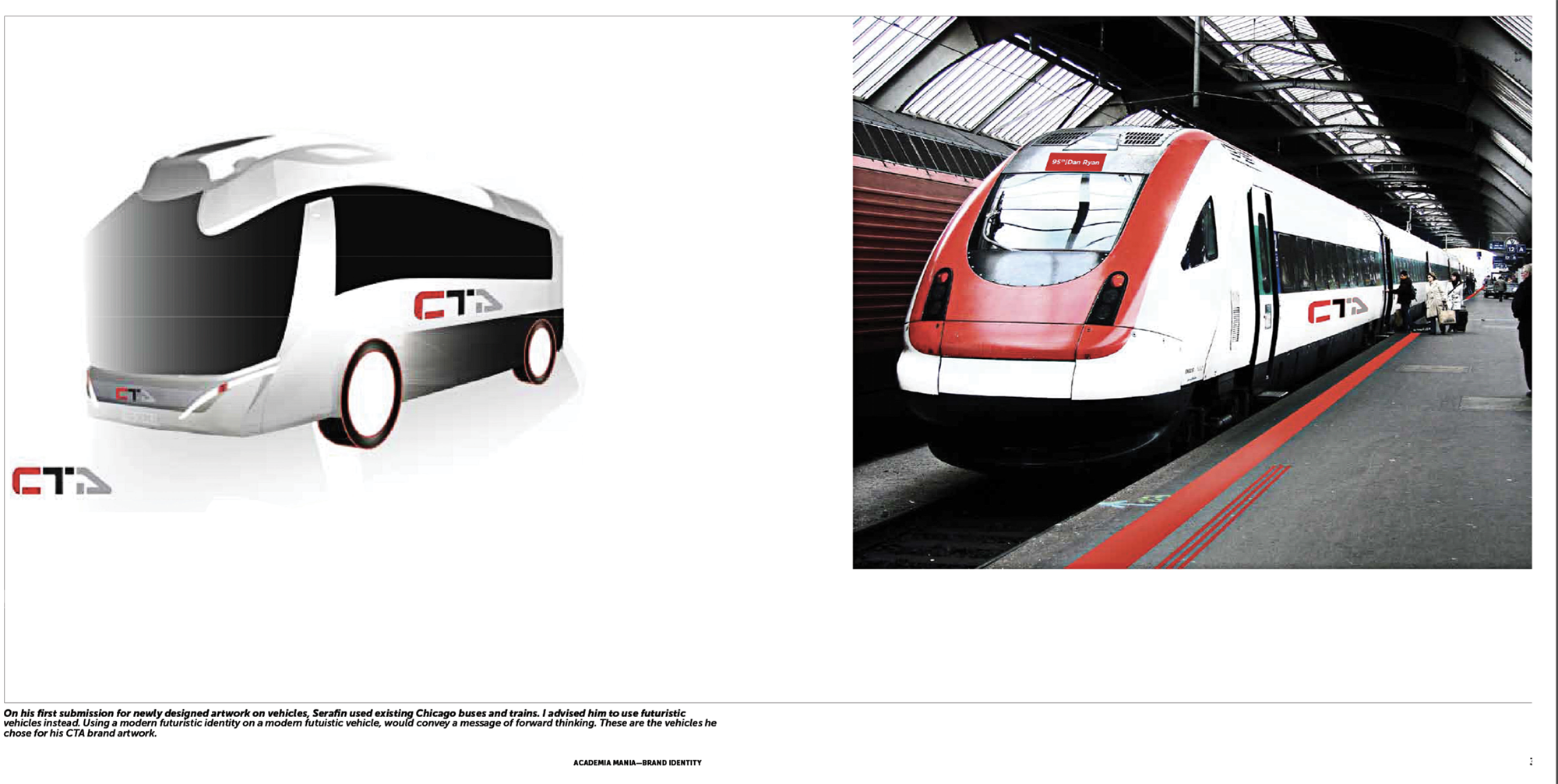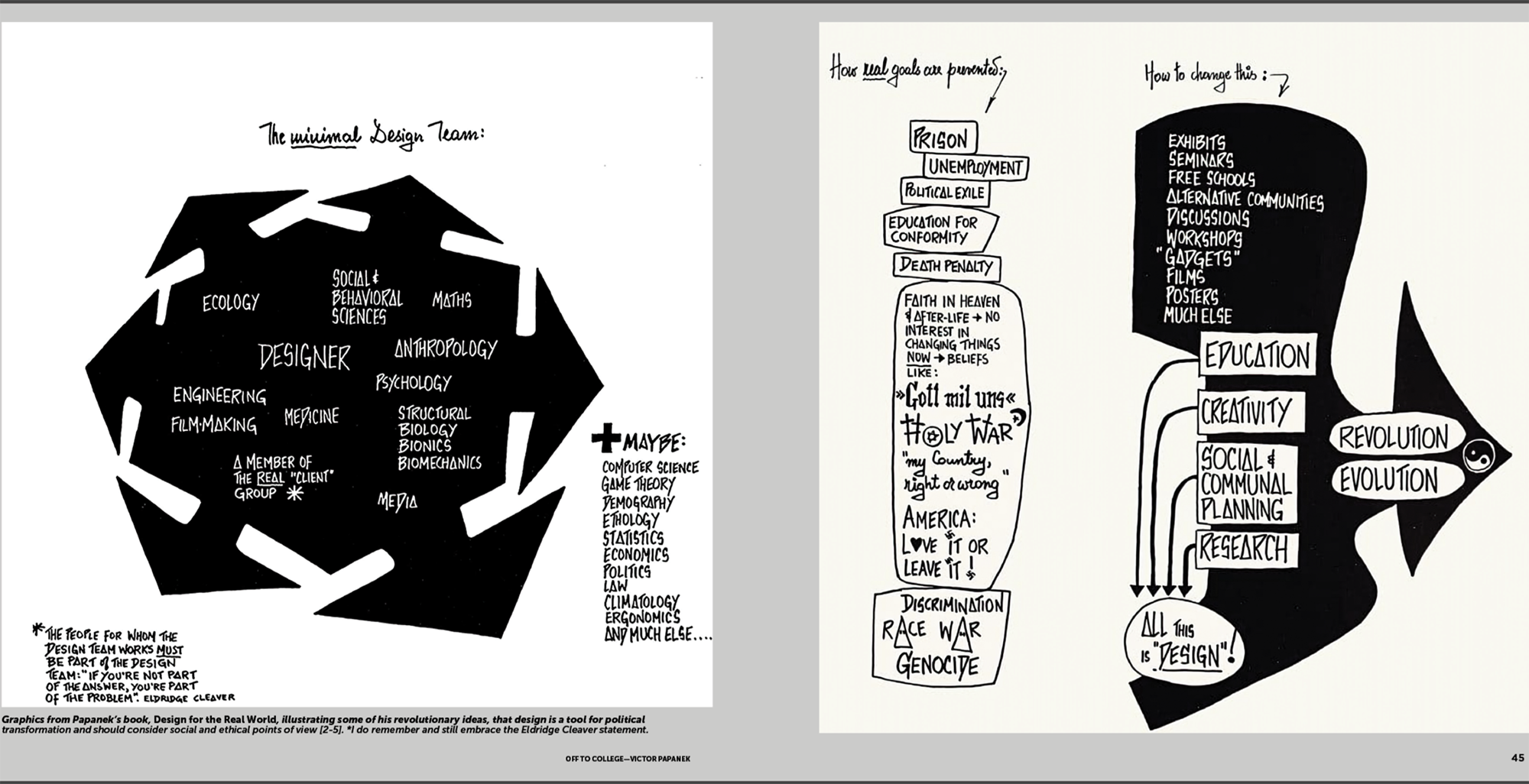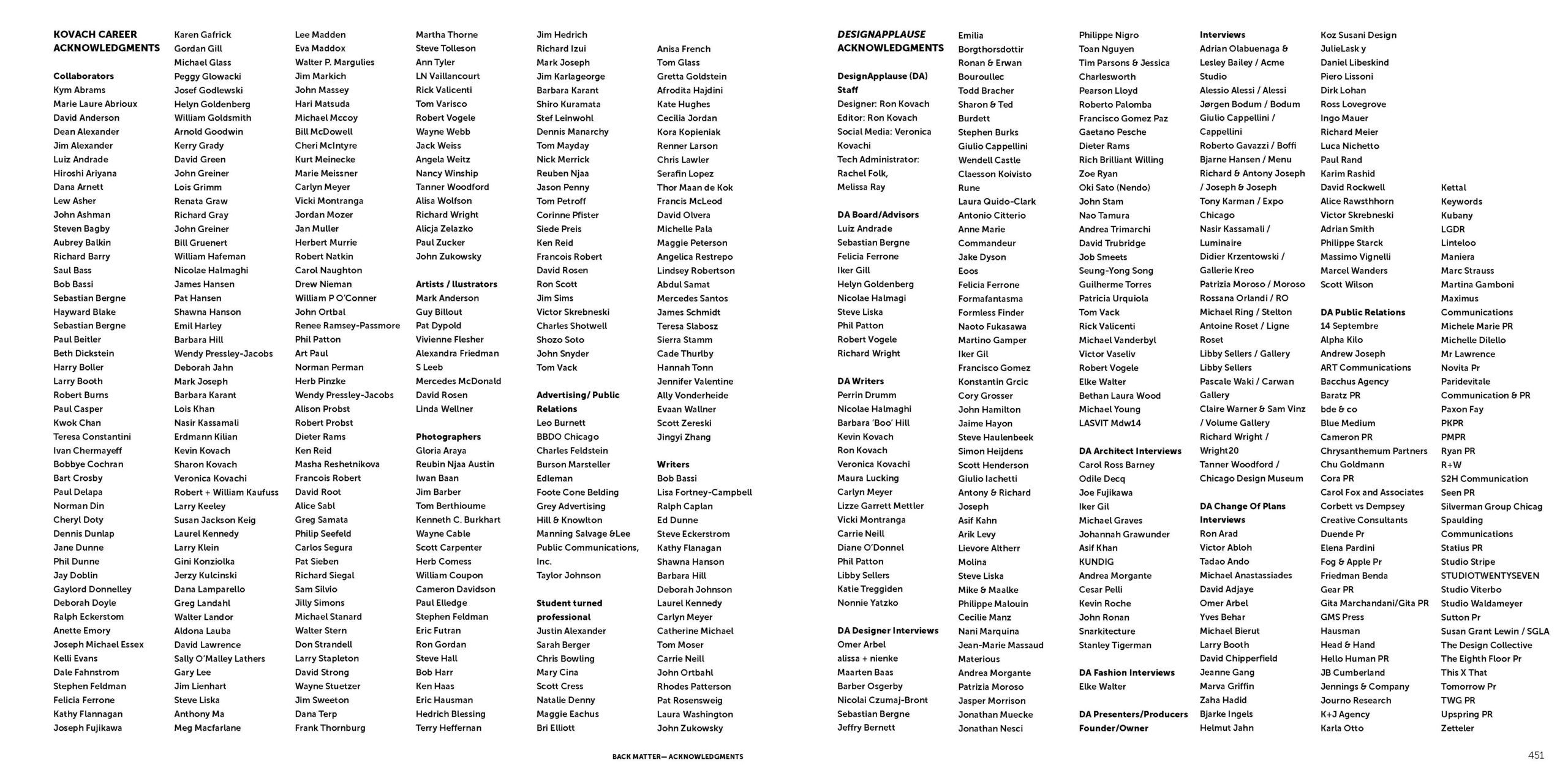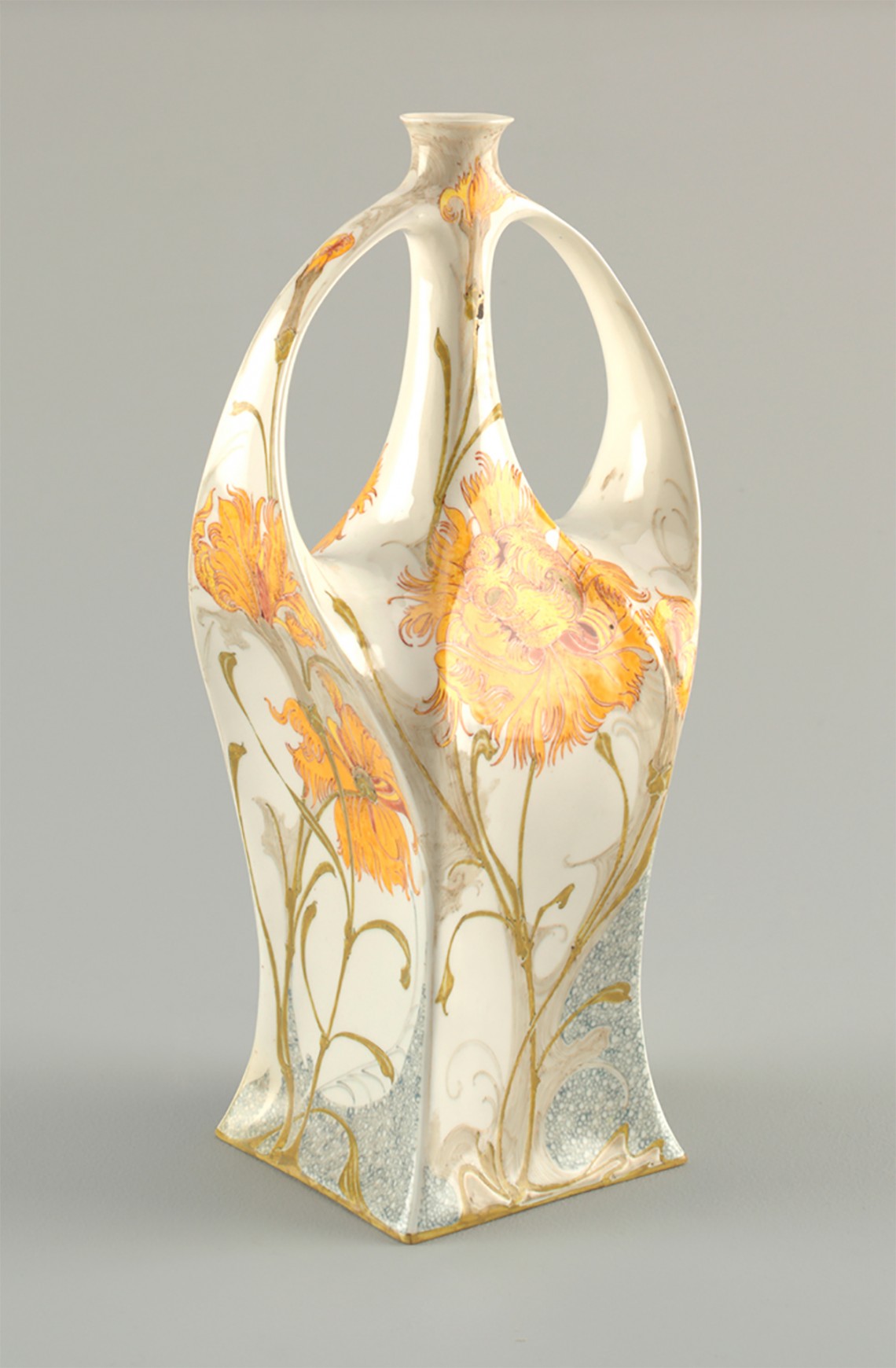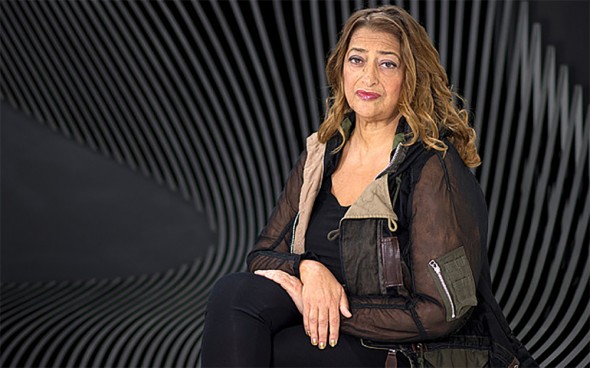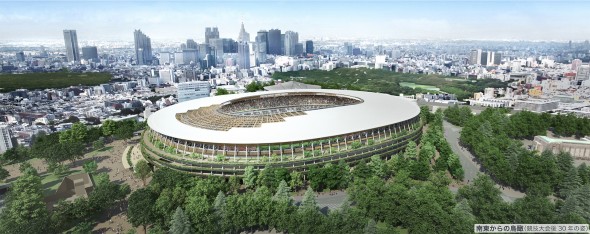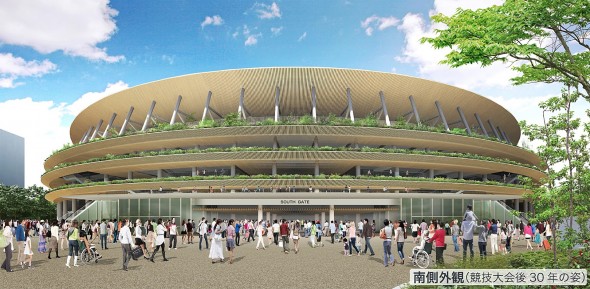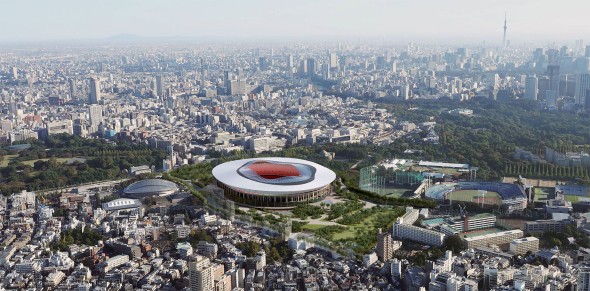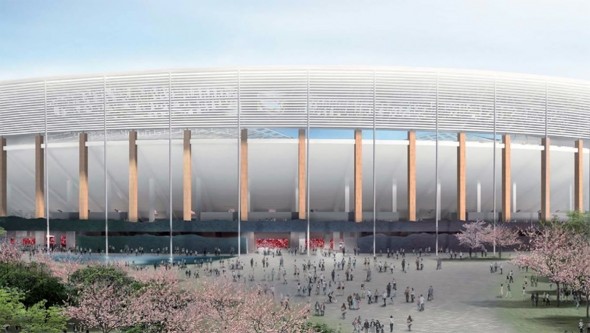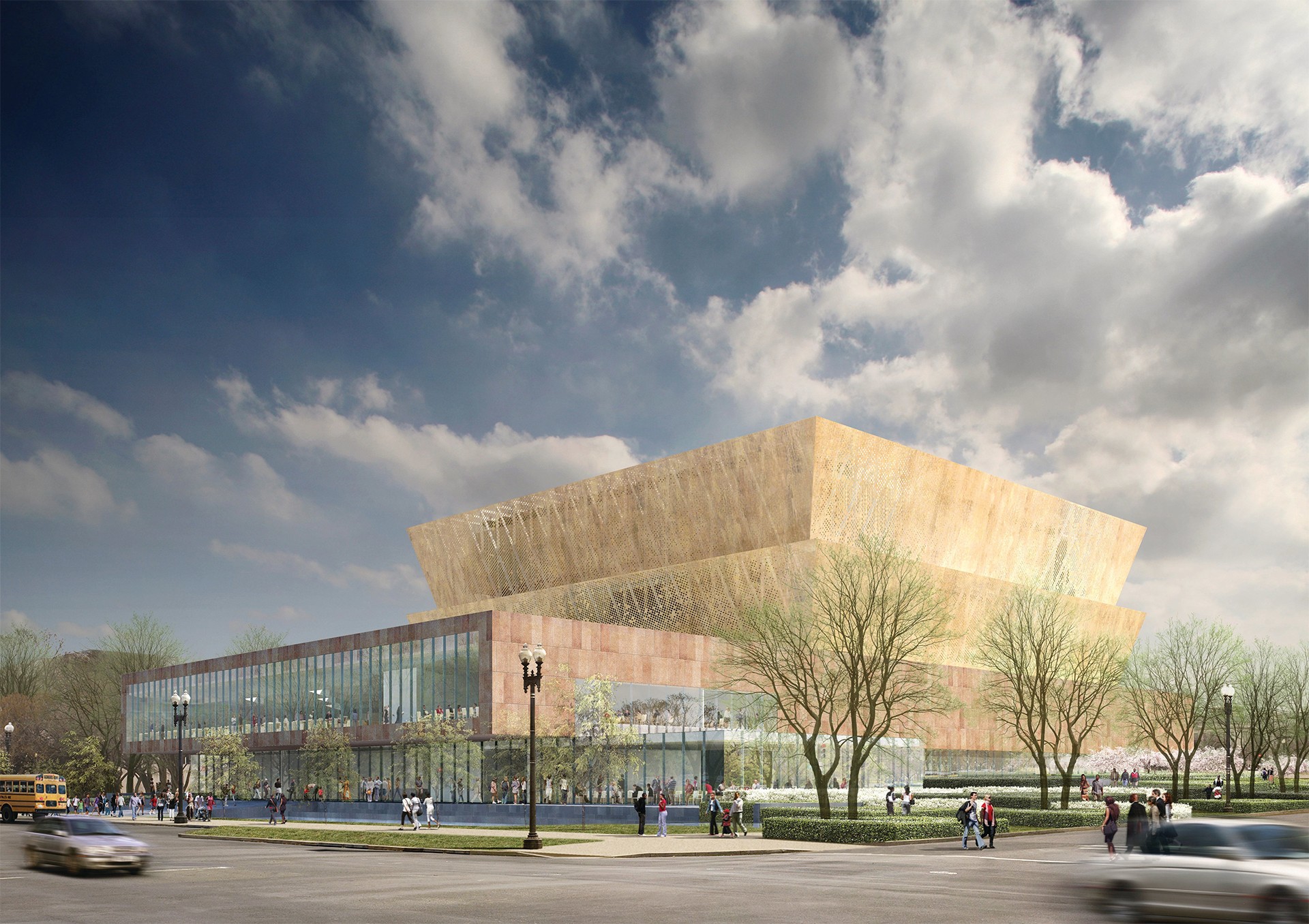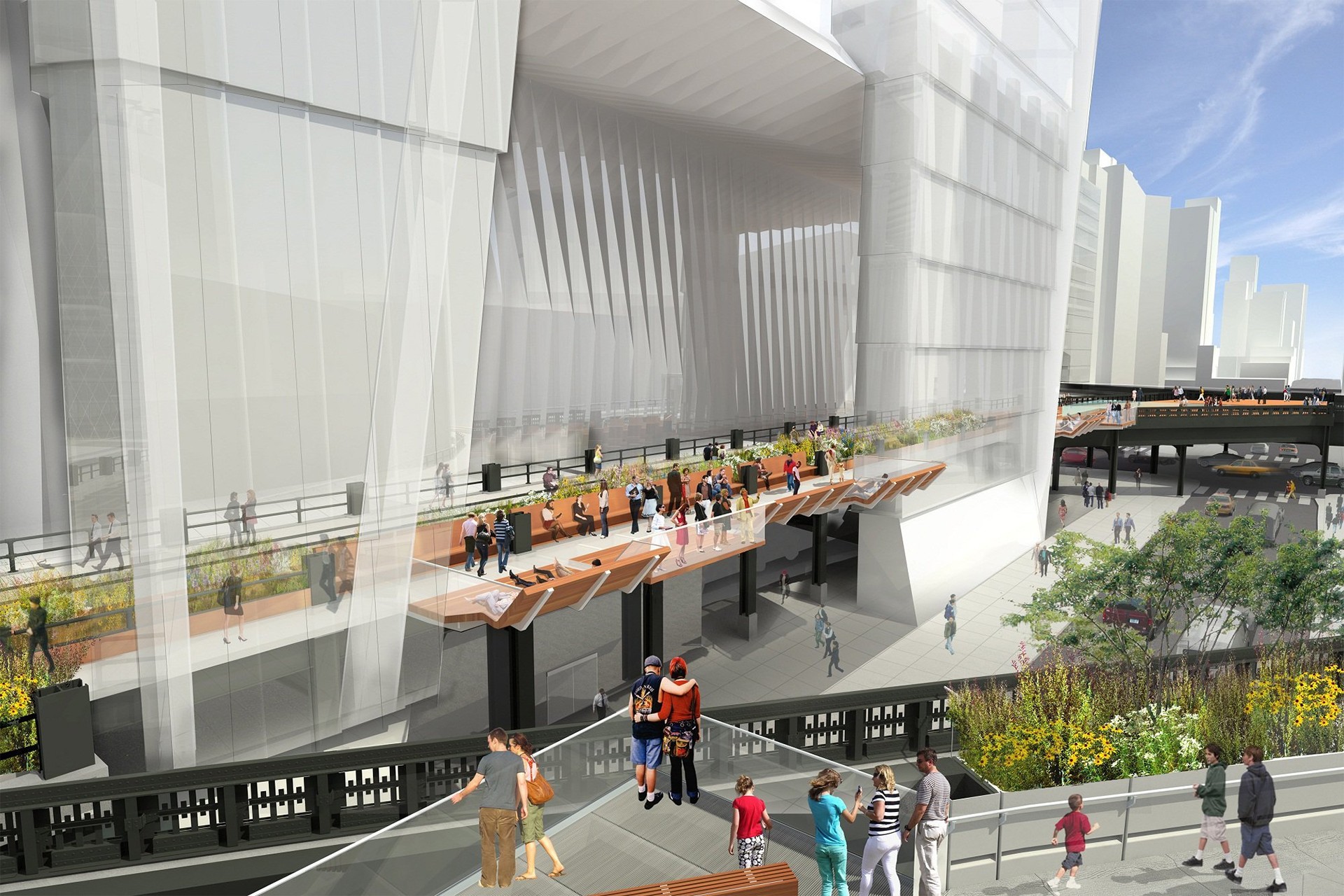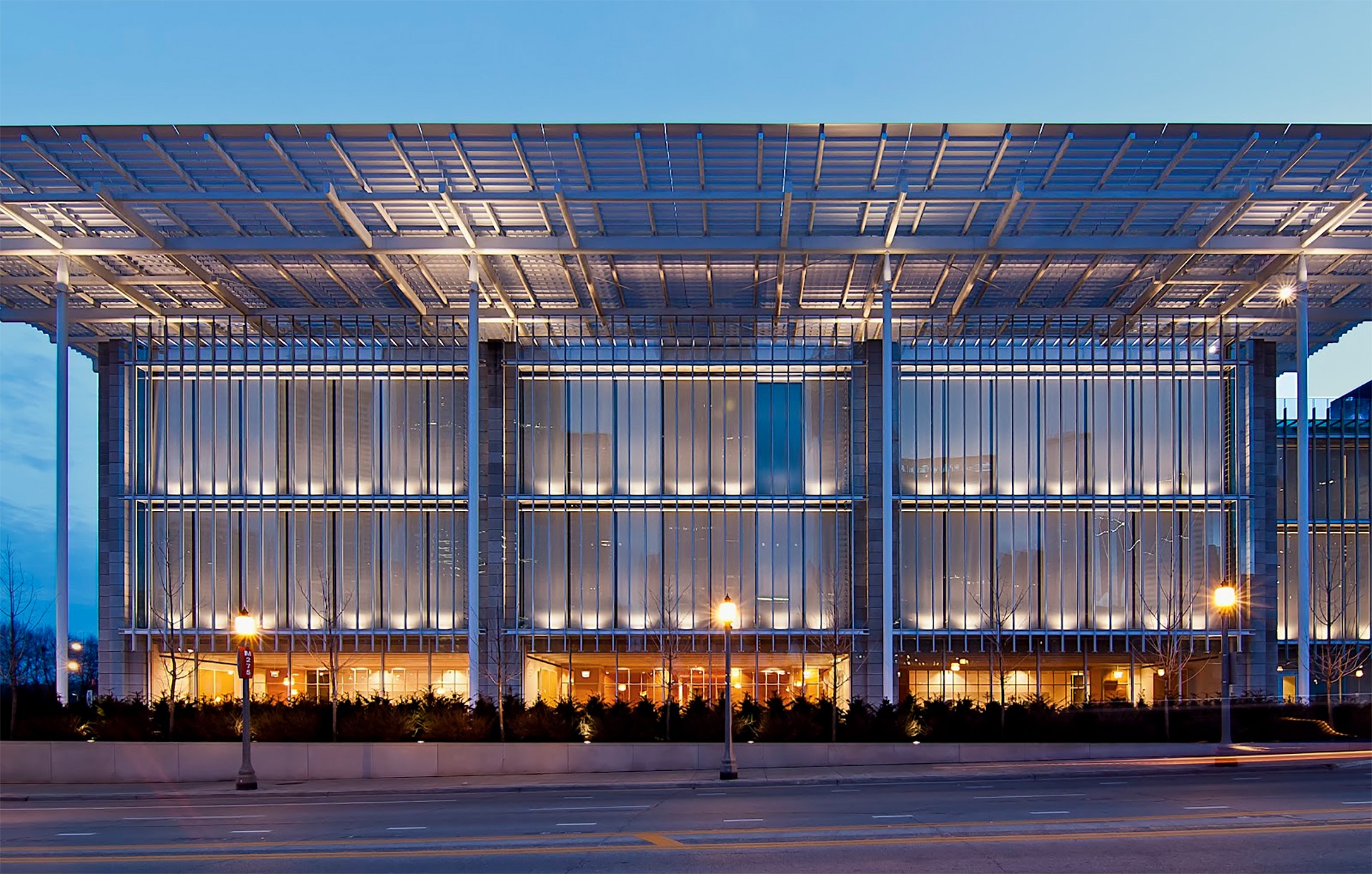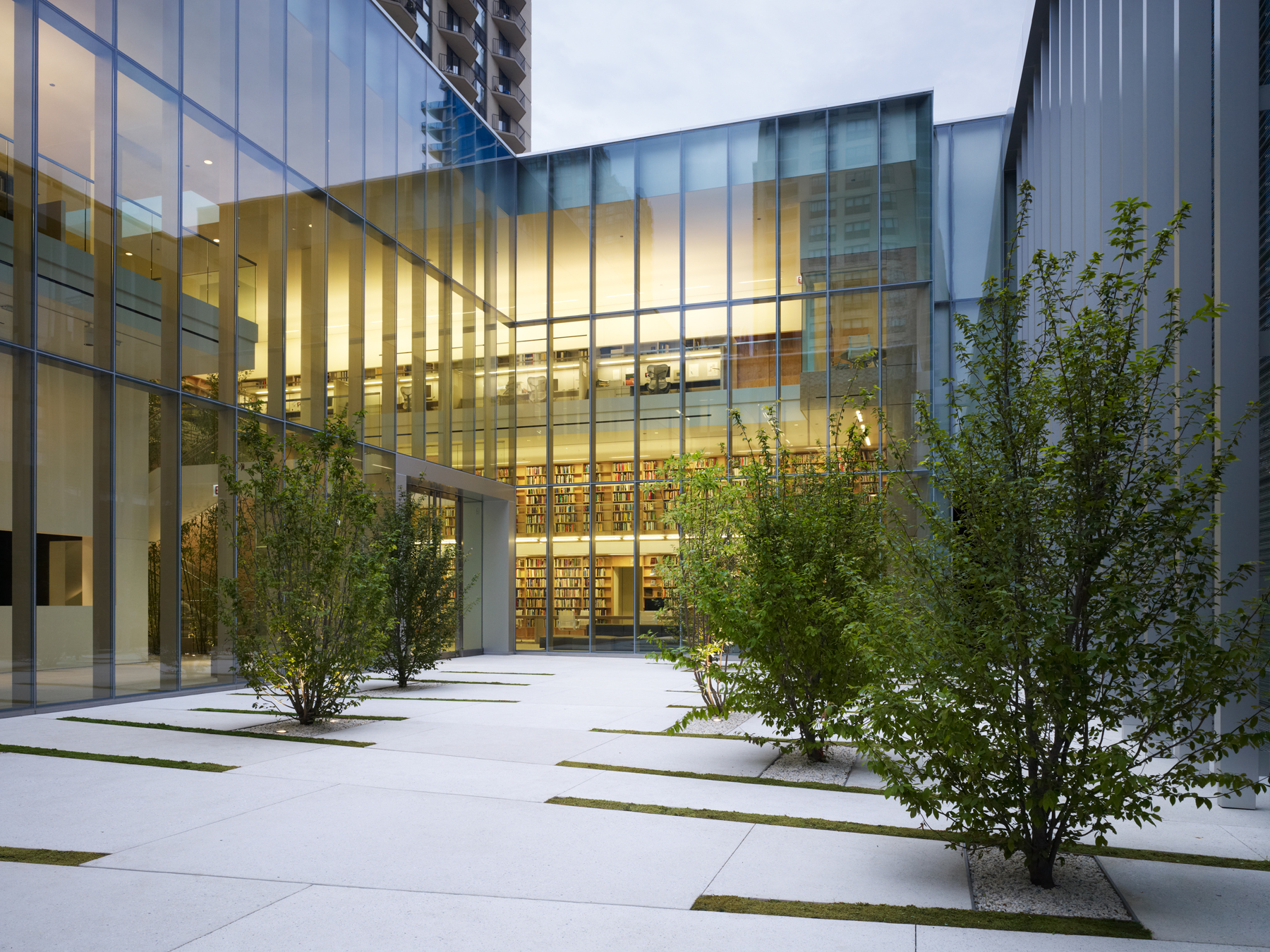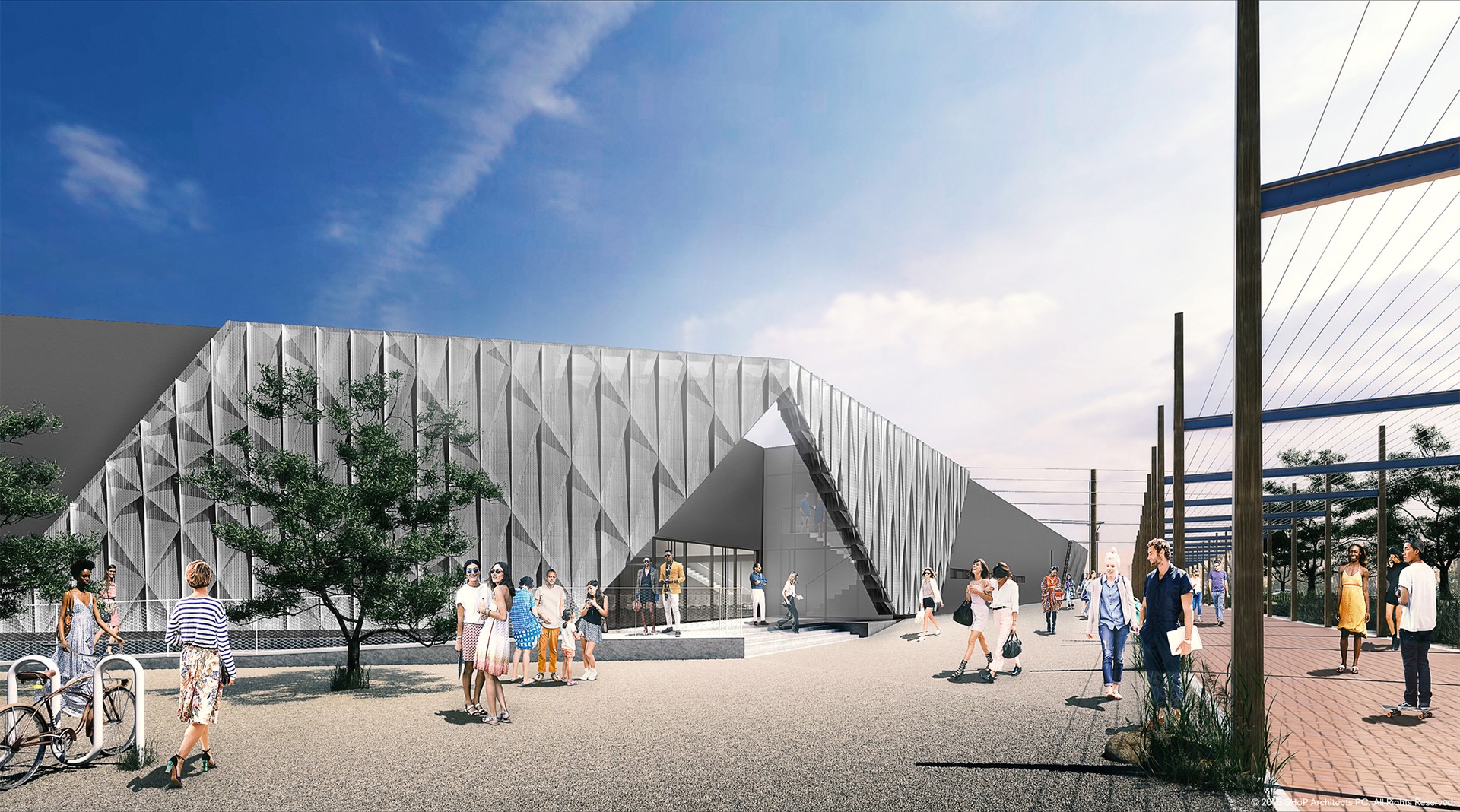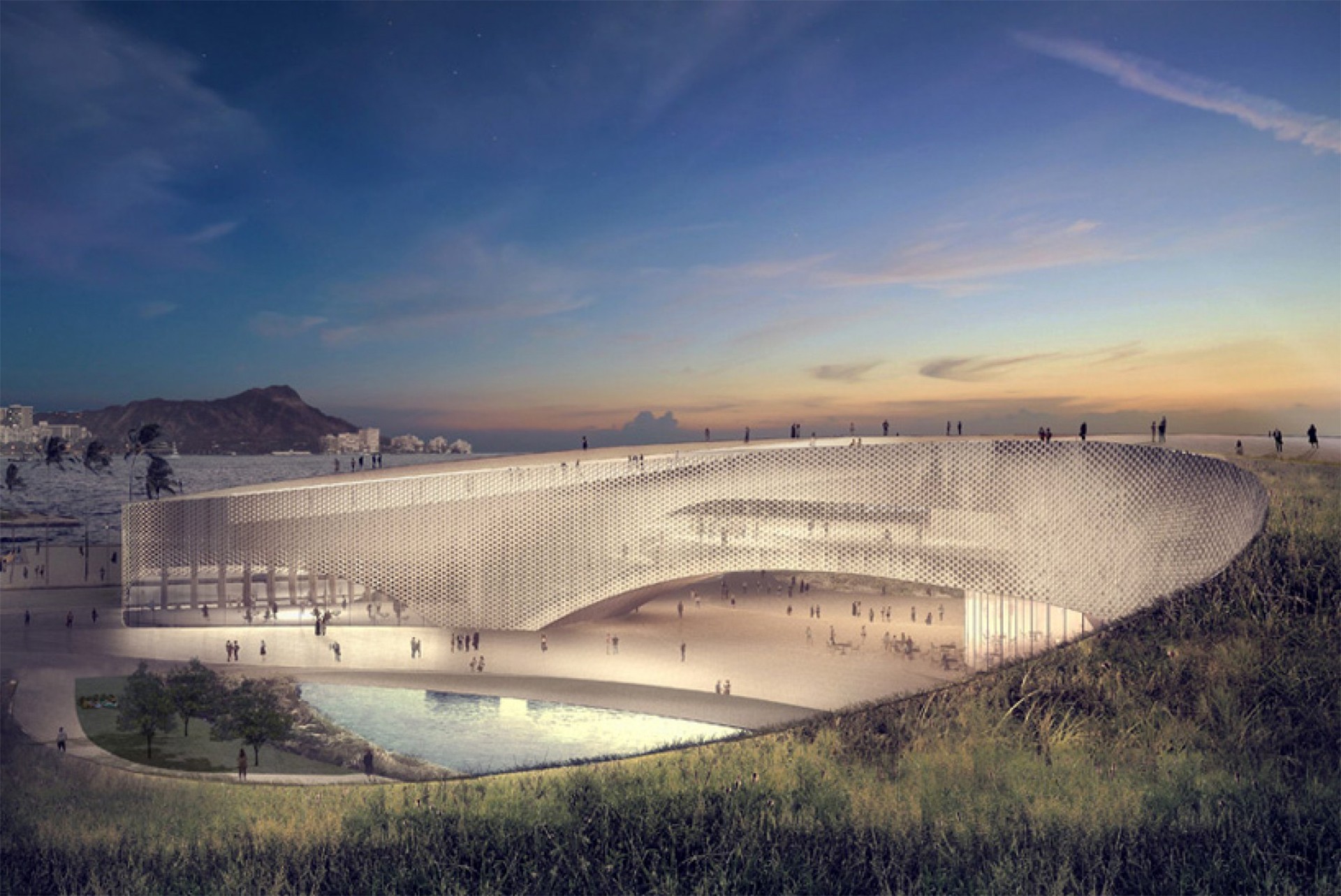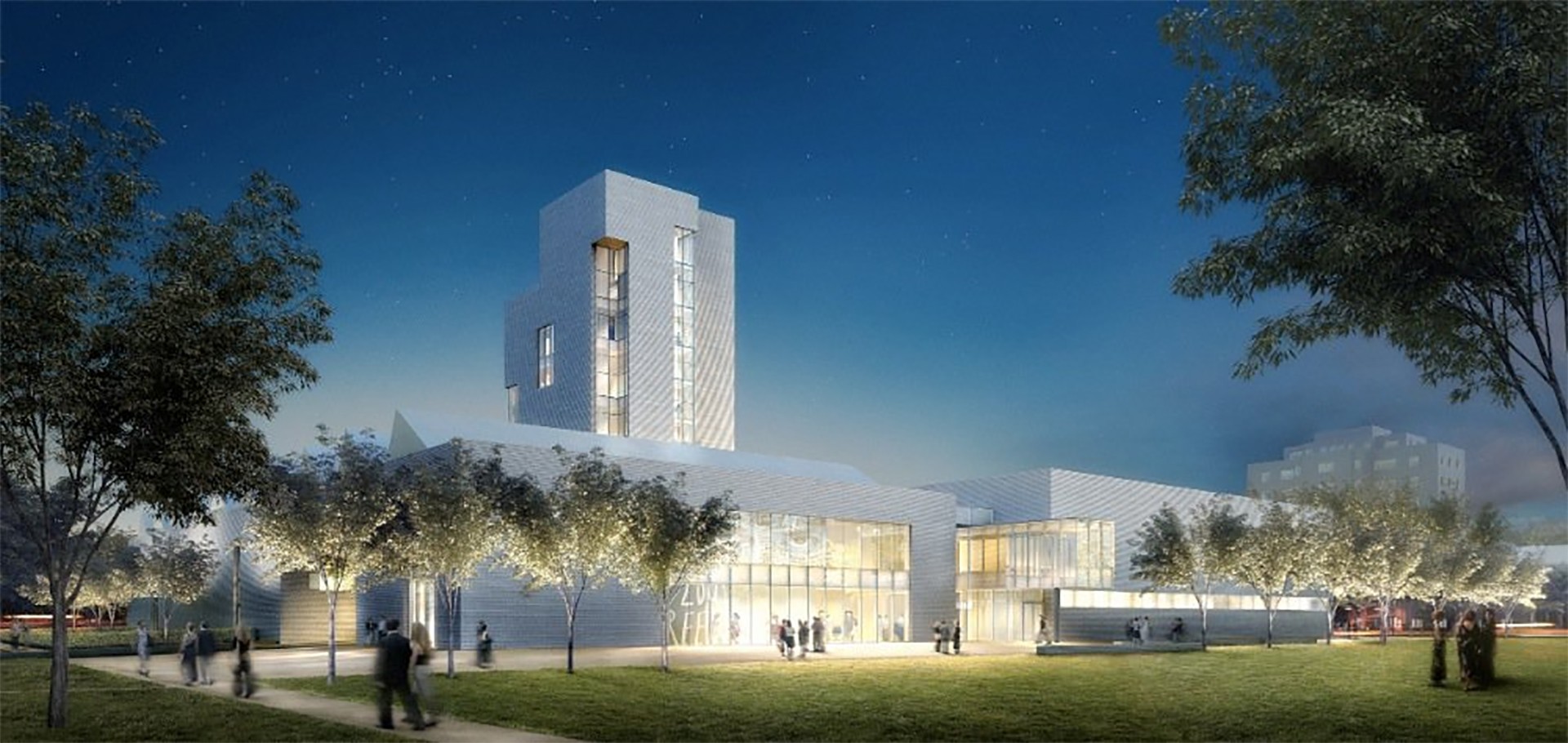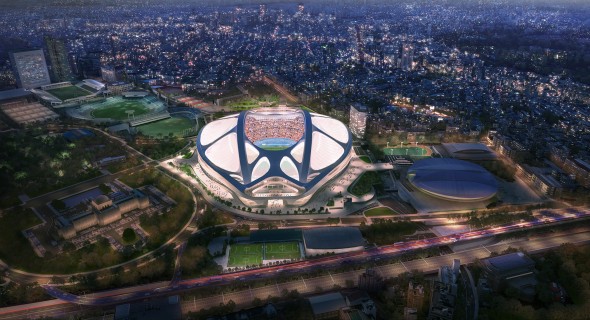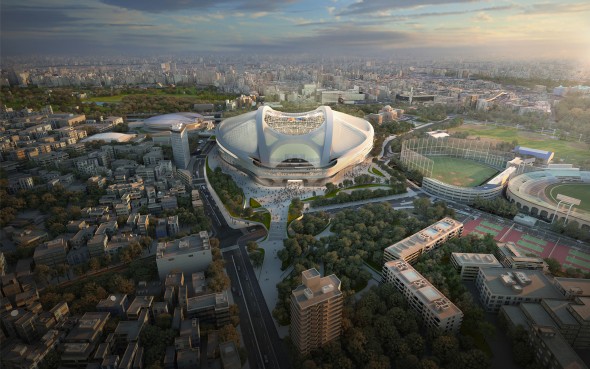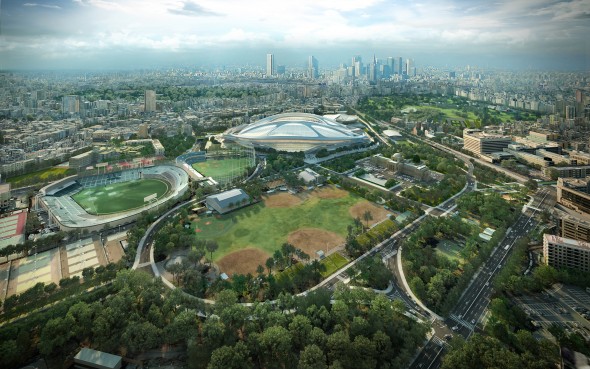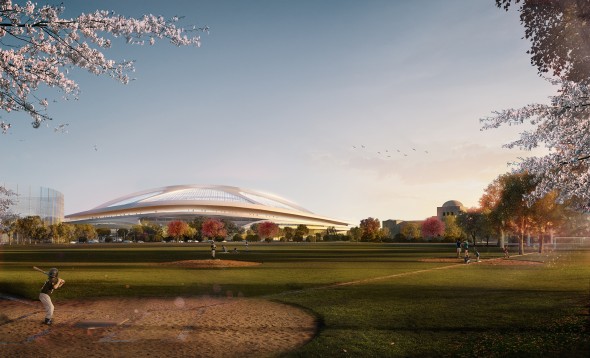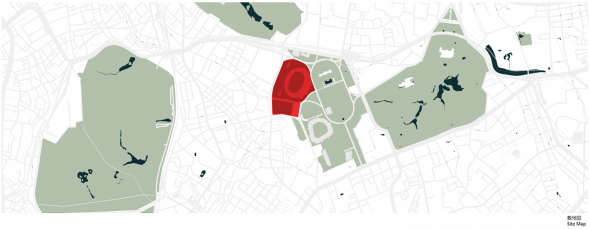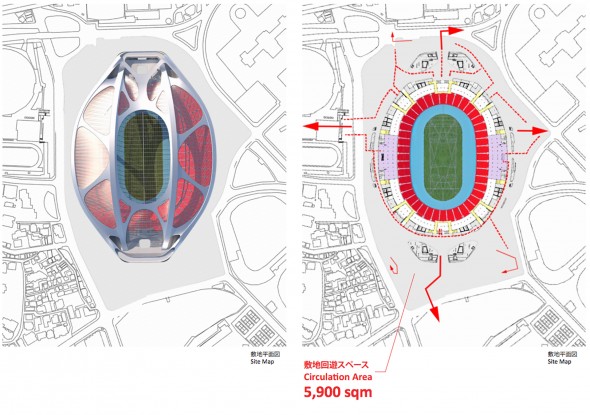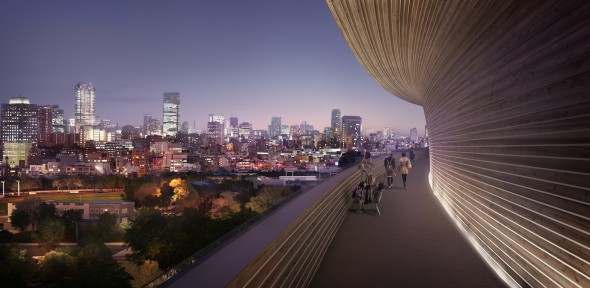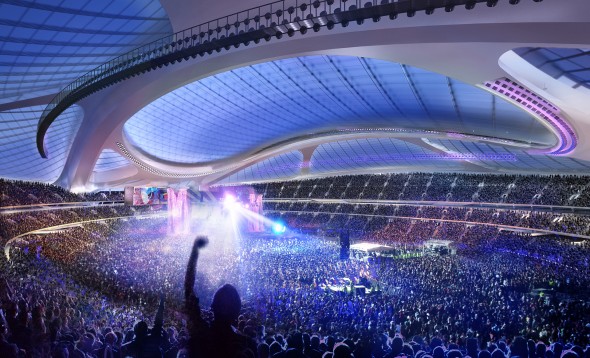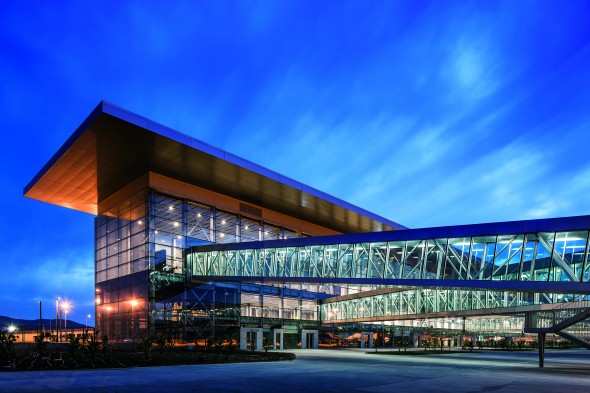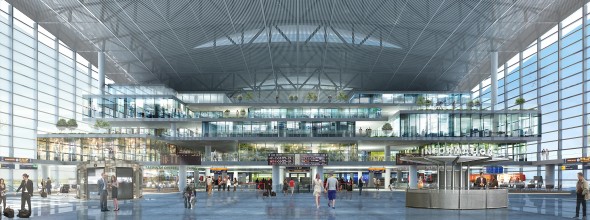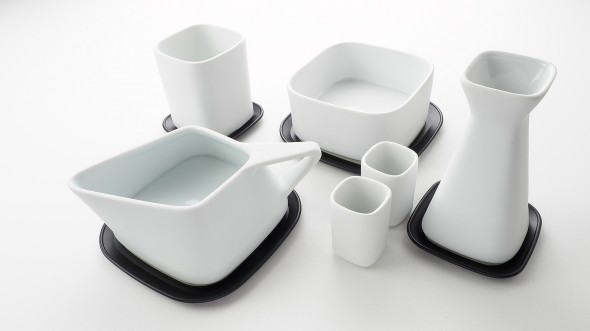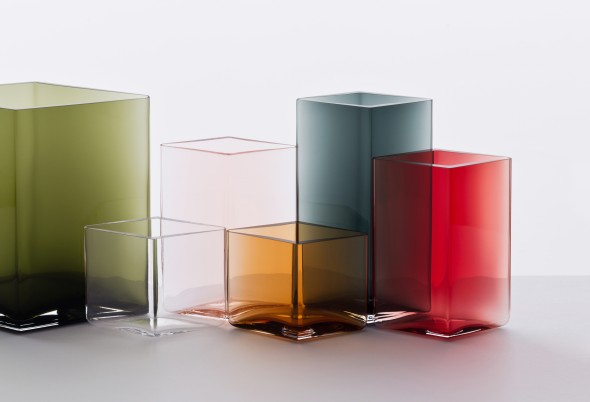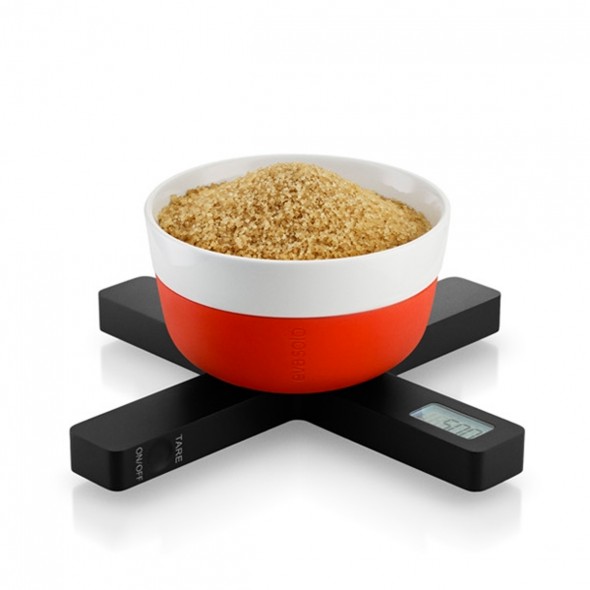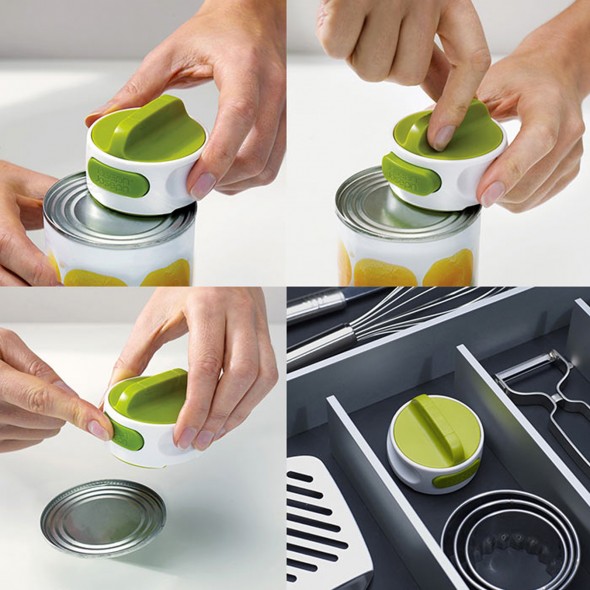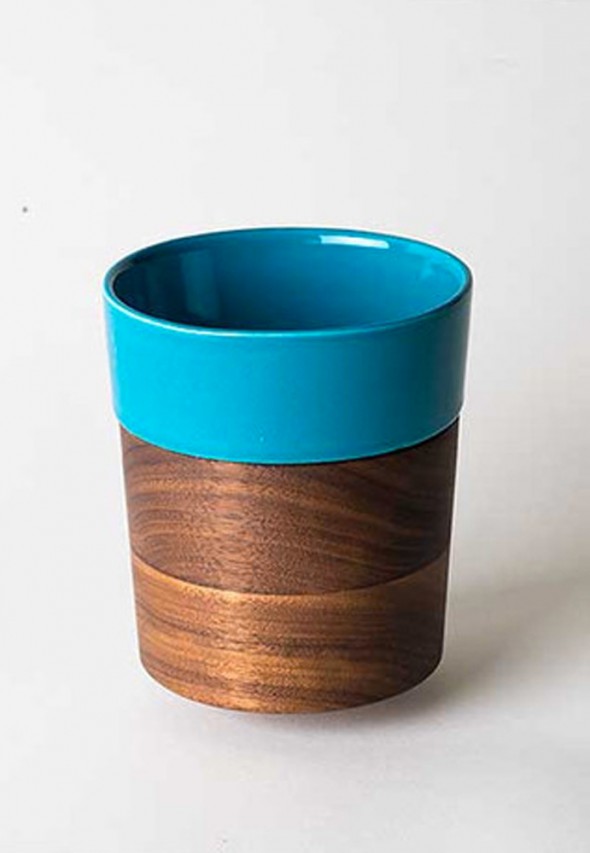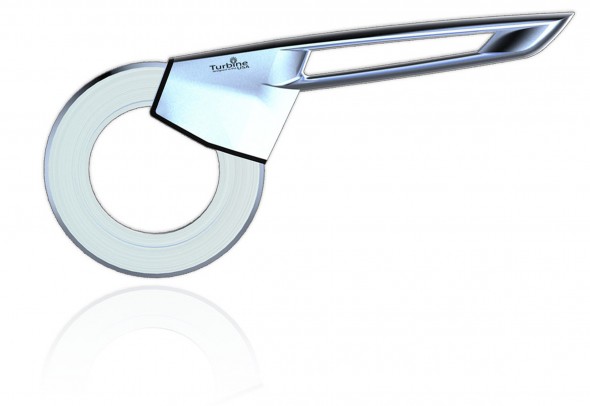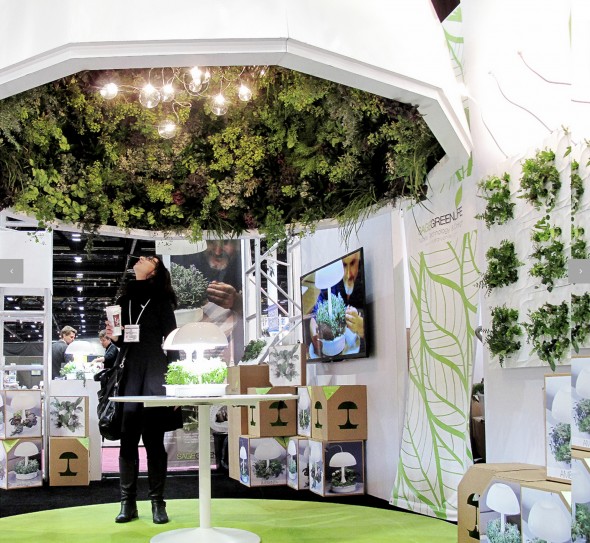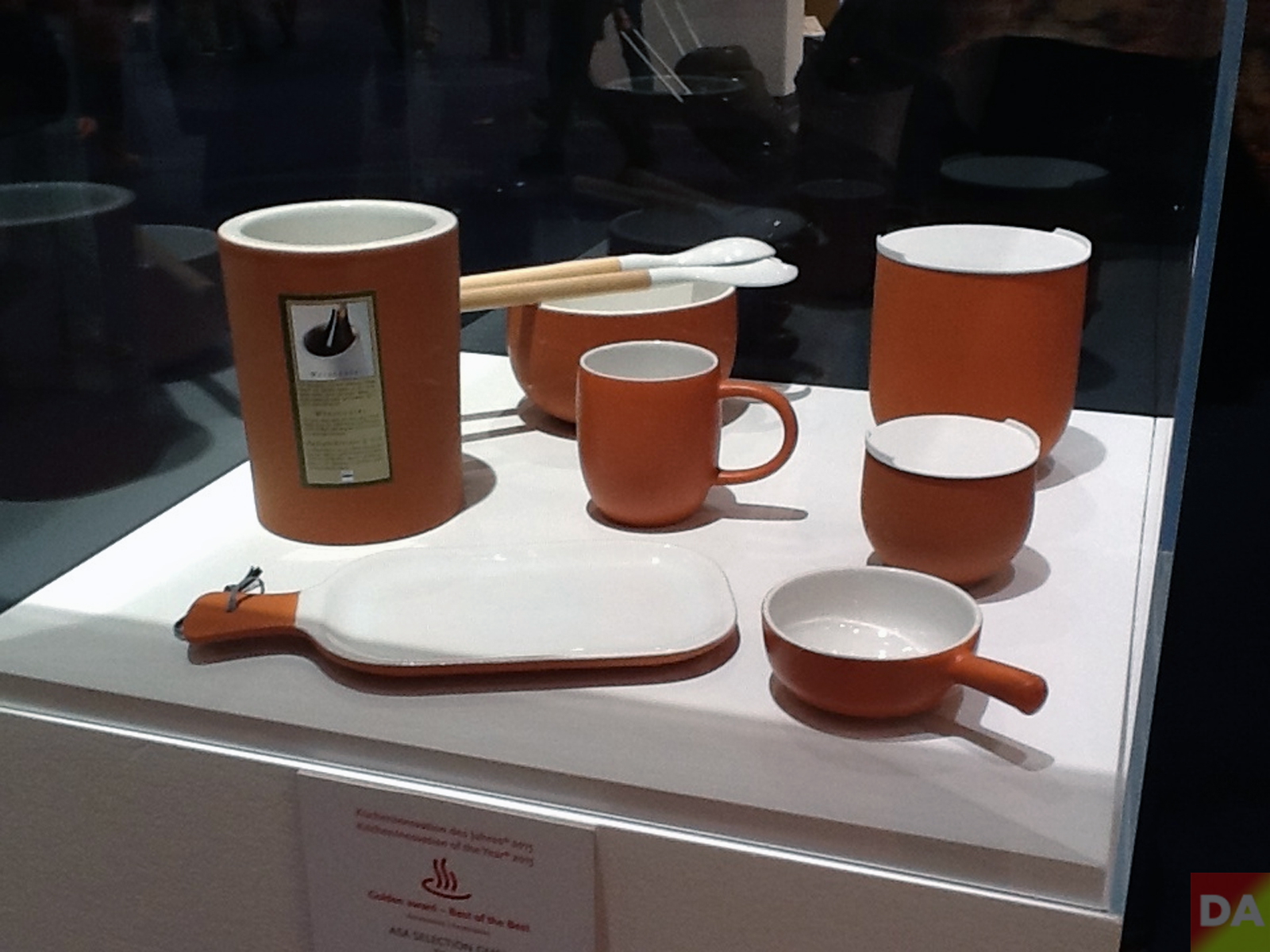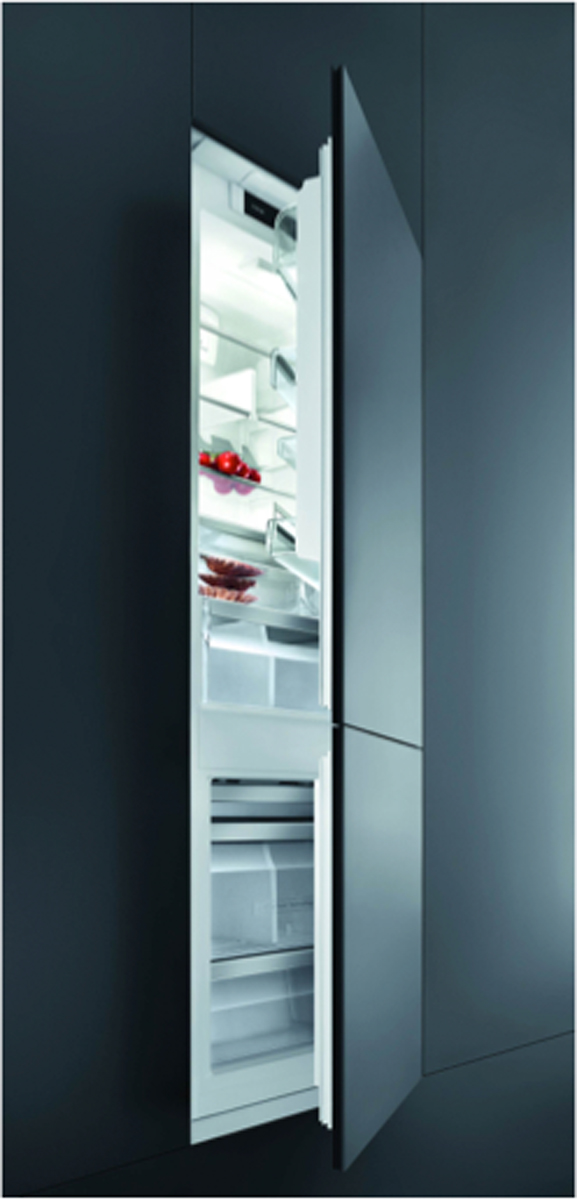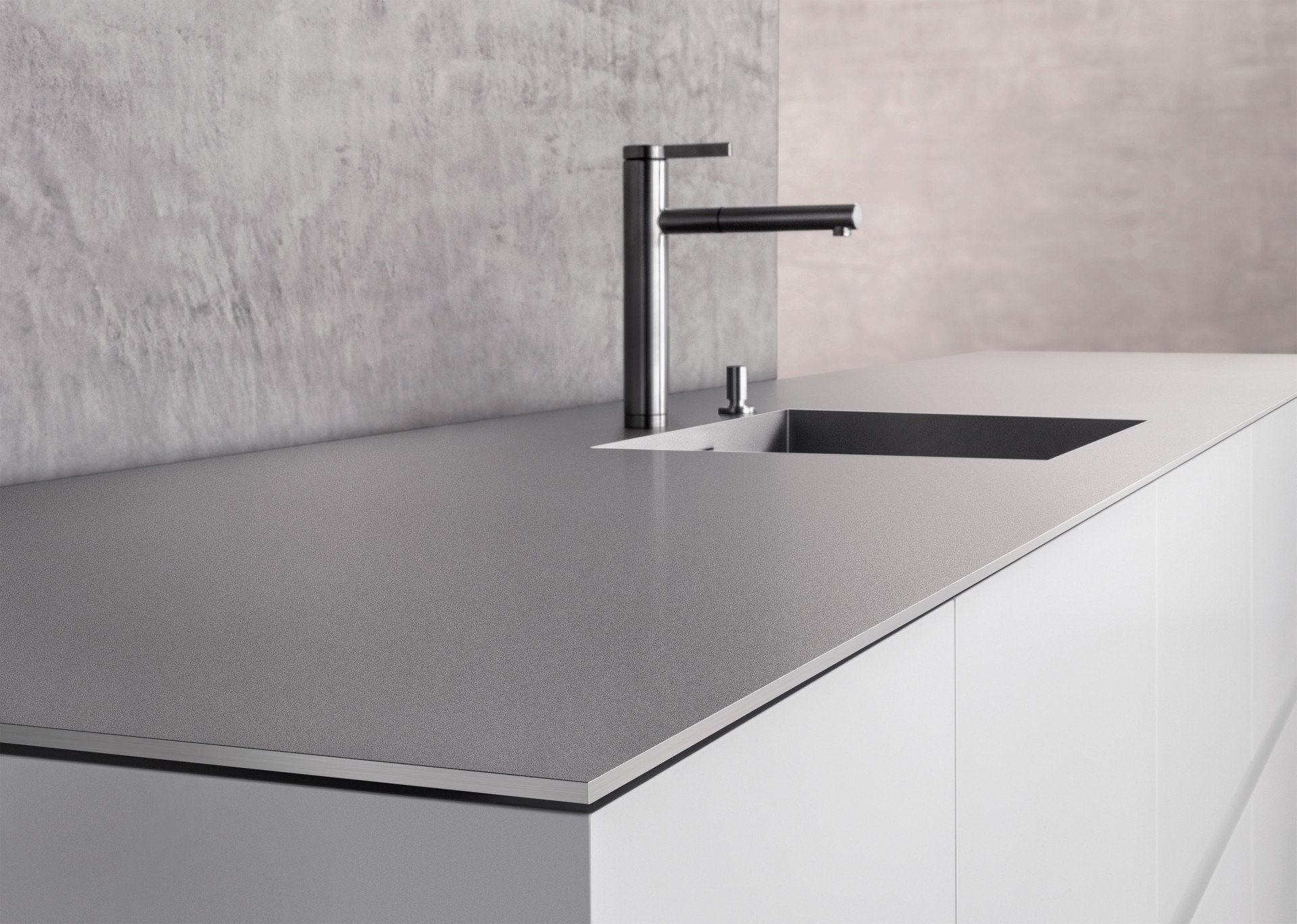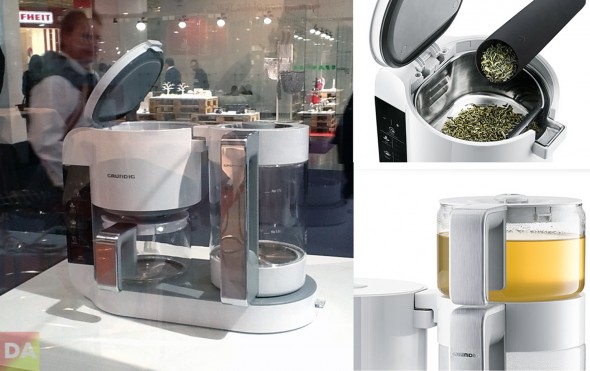
the design of me by ron kovach. peek #1.
i wanted to let you know I’ve written a book. it looks like a design book and reads like a memoir. it’s an 11 X 11 inch, over 300 image in a 450-plus page art object book geared towards anyone who has had a stake in design and architecture and appreciates design-related storytelling. here are some pages from the beginning of the design of me and from select pages.
above> front cover of my book // below> inside front spread.
about this book — this is my first book. i wrote it to chronicle my own history. that’s what you do if you care about who you are and/or what you did, and when you get an incurable rare cancer diagnosis. writing a memoir might seem self-serving, especially when the title is the design of me. i’ve concluded it is. unless you add content that you deem driven to inform your readers, something useful to them, content that will benefit them rather than just info all about you.
as the book materialized, i found solace in thinking about my potential audience, that it didn’t matter if they knew me or not. i told myself that someone will find what i say more useful than useless. that’s all the motivation i needed.
i bring to this enterprise a 50-year design career, 30 years of which have made me an expert in my field. at least i think so. however, in the past 10 years, my thoughts, beliefs, and ideas defining what a designer does have greatly changed. so have my opinions about what constitutes good design.
i’ve also been a teacher of design. my interactions with students, me teaching them as well as them teaching me, caused me to rethink how to teach as well as what to teach.
and lastly, as i’ve shaped design, with its unusual expansion of touching so many walks-of-life endeavors, i’ve learned about how design ultimately shaped me as a designer and as a person.
~ron kovach
above> photo artist david rosen casts me in an homage to maxell’s blown-away man
above> structured around nine chapters the design of me was developed with three objectives in mind. 1] to communicate through the eyes of a designer 2] to tell a unique and compelling story 3] to be appropriate, useful, and educational.
above> an at-a-glance navigational aid of my networking during my 50-year design career.
above> throughout the book there is original fine art, pivotal graphics, captivating photography, and notable words. original and unique, the design of me was written to entertain, enlighten, and inspire those people drawn to design. And it raises a reflective question. design hugely impacted my life. how might it affect yours?
the design of me offers glances at worldwide design shows as seen through my eyes. here are images from london while at london design week 2018 and milan design week 2018 as featured in DesignApplause. above> because DesignApplause covers design events around the world, i’ve been exposed to different cultural aesthetics, such as this efficient london bus stop and [opposite] beautiful tube stop near the victoria & albert museum. below> another off-site venue celebrating the 25th anniversary of surface magazine with visitors united around a quintessentially american concept: the diner. designed by american architect david rockwell and the lab at rockwell group. renowned design studio 2×4 created the project’s graphic identity.
the design of me presents over 300 powerful examples of visual communication. above> a graphic created by me using turner duckworth packaging graphics exemplifying how brand graphics can stand out more in a competitive marketplace than the coca-cola wordmark by itself. below> a 2024 mural proposal to the american cancer society also created by me while undergoing cancer treatment.
prominent contributors to the design world are featured in the design of me. above> walter and elizabeth paepcke, design patrons, commissioned eero saarinen to design the tent for their aspen design conference, large enough for a full orchestra and an audience of 2,000 people. below> the most powerful, elite, and intimidating brand identity designers ever assembled were invited by me to jury sta trademark usa2. front from left—walter marguiles, robert vogele [sta president], walter landor, saul bass. back from left—ivan chermeyeff, john massey, me [co-chairman], and wayne webb. i was very disappointed that design legend paul rand pulled out after he saw the jury. he felt he wasn’t needed, that this jury didn’t need another opinion. photo ron gordon. 1983.
innovative and memorable design concepts are presented throughout the design of me. above> as a judge at the inspired home show competition in 2016, i found these visible measuring spoons designed by pam daniels and brandon williams for welcome industries to be award winners. bottom> when i ask design students to create one-page info sheets about themselves in order to assess their abilities i look for high concept solutions such as these. l to r—info sheets from jeff stark, kora kopieniak, christian terzich, kora kopieniak.
the design of me celebrates people who impact design and architecture. seven creative masters are specifically showcased because of their attention to creativity, technology, environment, social impact, sustainability, and climate in their design—yves behar, guillio cappellini, formafantasma, jeanne gang, nicolae halmaghi, jasper morrison, and jean nouvel. above> chicago architect jeanne gang designed the st. regis, a mixed-use skyscraper that undulates as it rises and looks like an art object. at 1.9 million square feet and 101 stories, it is the tallest building in the world designed by a woman. below> tokyo designer jasper morrison designed 1-inch chairs for always sustainable emeco.
because one goal of the design of me is to foster learning, design education is featured. above> in my brand identity class, student serafin lopez learned about the importance of a persuasive presentation. below> when in college, i learned about the importance of design philosophy from professor victor papanek. shown here are his infographics from design for the real world, illustrating some of his revolutionary ideas that are still relevant today, that design is a tool for political transformation and should consider social and ethical points of view.
below> recognizing some of the people and companies who inspired and collaborated with me through my design career.
below> The synopsis of the design of me. How design shaped me and in turn I shaped design.
epilogue
to quote mark twain, “the two most important days in your life are the day you are born and the day you find out why.” when creating the design of me i didn’t think much about the day i was born, but did reflect a lot about why. one of my goals in writing this book was to tell the world what i knew and felt about design and how i came to obtain this knowledge. i wanted to explain how design shaped me and in turn how i shaped design.
when i think about my own design forages, the japanese philosophy ikigai comes to mind. ikigai is about one’s reason for being. in its westernized rendition, ikigai is what gives your life worth, meaning, or purpose and is composed of four interrelated elements. your ikigia is at the intersection of these four elements.
1. what you love = your passion
2. what you are good at = your vocation
3. what you get paid for = your profession
4. what the world needs = your mission
i love design. it is truly my passion. however, my life didn’t start out with me loving design or feeling passionate about it. as a matter of fact, i had no exposure to design until professor victor papanek approached me at a college party because he wanted the marine corps jacket i was wearing. however, within a few minutes he started recruiting me to become part of his new product design department at purdue university. what he said intrigued me. so what did the professor really want—my jacket or a new design student? whatever the answer, this was certainly a key moment in my life; it’s when i decided to follow the pathway of design.
i graduated from college with a degree in product design and entered the job market, in my opinion now, with a marginal design education, an unfabulous portfolio, and little business knowledge. but i had some sales experience and was a very good networker. i was also six years older than the normal graduate as i had been in the marines prior to college. so with effective networking and lots of luck, i landed my first job as a designer. that’s when my design education really started. that’s when my love affair with design began too.
from my first design job to being second in command at a significant corporation, from freelancing to partnerships, from running my own design offices to teaching design. that’s how i learned about navigating the design universe. i worked with incredible designers who i admired and learned from, who helped me formulate my own design philosophies. i was presented with opportunities to discover and use my visual skills to the best of my creative ability. i collaborated on significant exhibits and installations which made me feel like i was part of and contributing to a very important community. and i got to travel internationally, learning about worldwide design.
through my 40-plus years as a designer, my vocation—what i’m good at—and my profession—what i got paid for—grew, developed, and evolved. my design talent blossomed as well into mostly satisfying fruits of my labor. and along the way my mission—what the world needs—was being defined too. if my mission was to make a real impact in my design work, how could i best do it? the answer came as i learned about and promoted sustainability and social responsibility. my strongest endorsements of products and designers now are those that demonstrate the ability to combine creativity, technology, environments, social impact, sustainability, and climate issues in their design.
yes, i won design awards. and yes, those awards brought national recognition to me and to chicago as well. i also wanted to preserve design history. so i co-founded and conceived the chicago design archive, an online repository of chicago graphic, product, and experiential designers and their work. additionally, i wanted to promote the best design in the world. so i created and launched DesignApplause, an online design and architecture publication. the reward for me was international recognition as a design curator. and finally when i felt that it was important to pass on significant design information to potential new designers, i taught college design classes. to feel that i contributed something significant to the design world has really given me some proudhearted moments.
writing the design of me has been a revealing experience. a journey that helped me recognize the incredible significance design has had on my life. a process that has revealed my life’s purpose, that design is at the heart of who i am. did design shape and impact my life? definitely. do i feel that what i did for design was worthwhile? i hope so. did i choose design or did design choose me? i’m not sure.
and that is the design of me.
below> back cover of the design of me
peeks of the design of me will be appearing in DesignApplause. also, keep an eye open for our launch announcement of the printed book!
